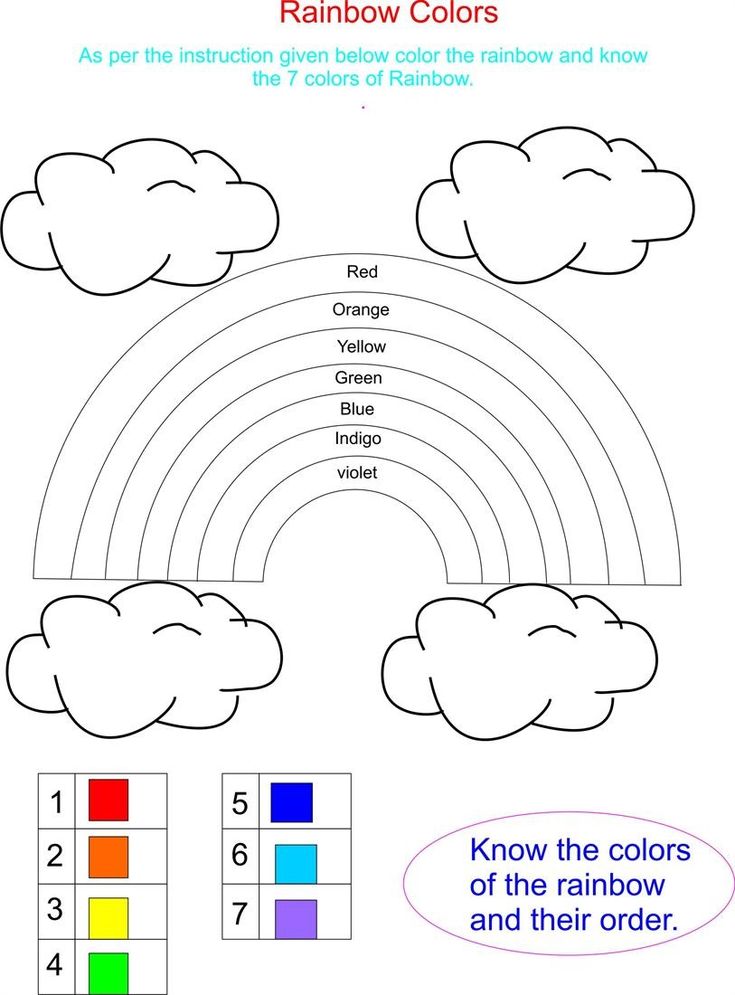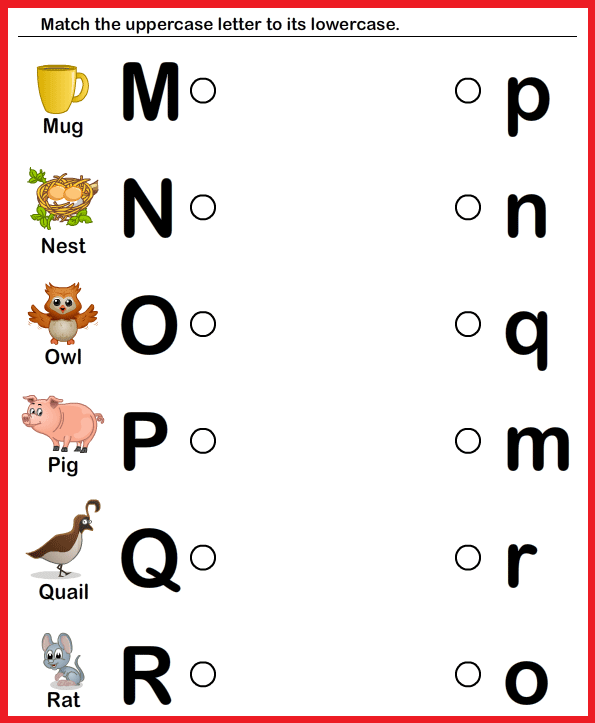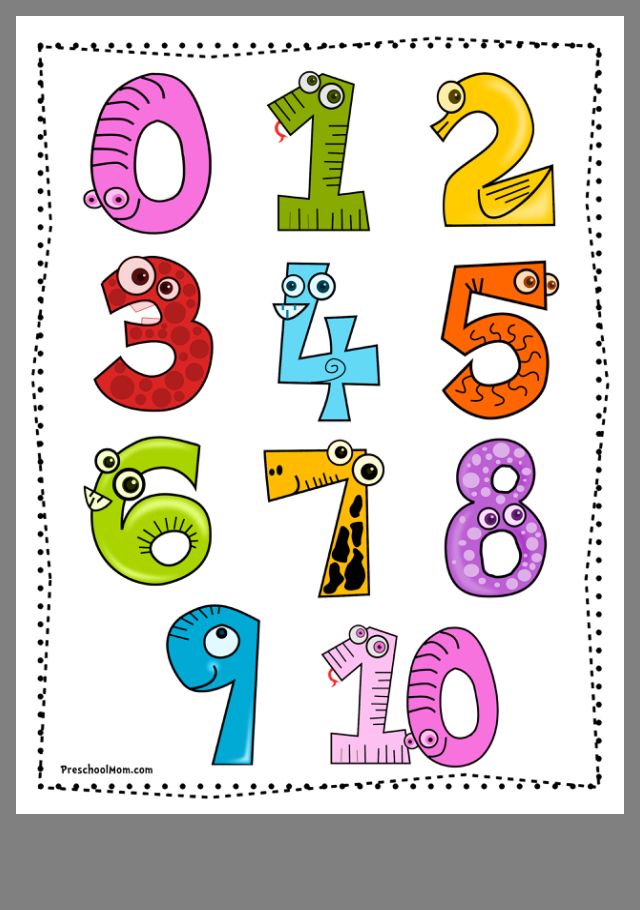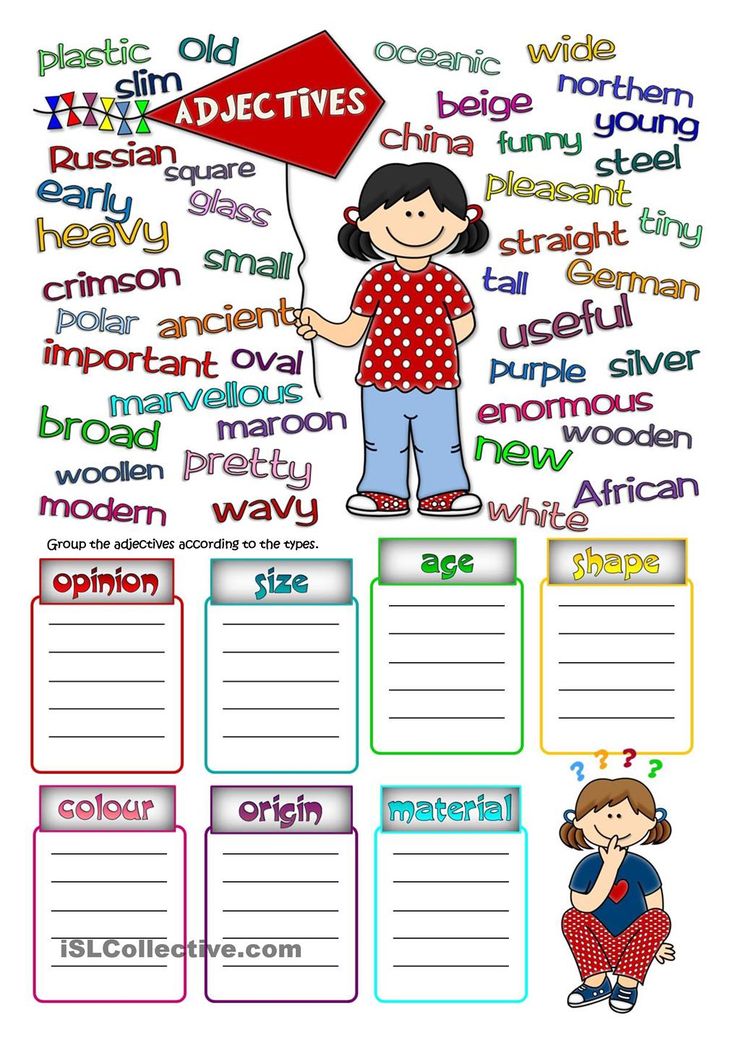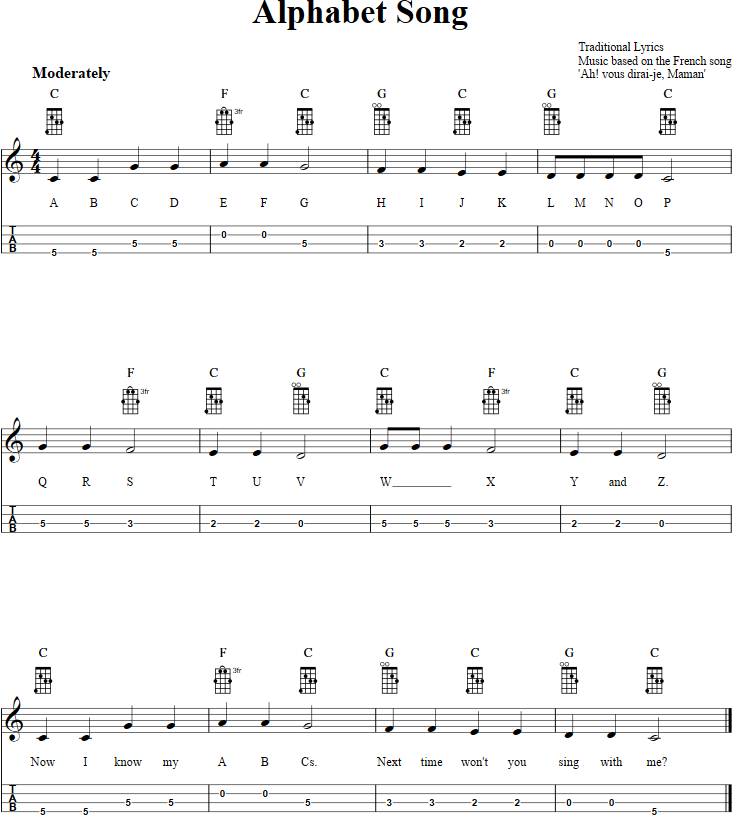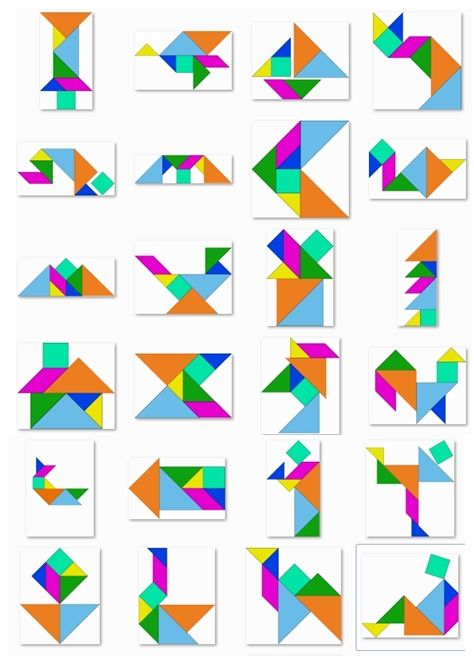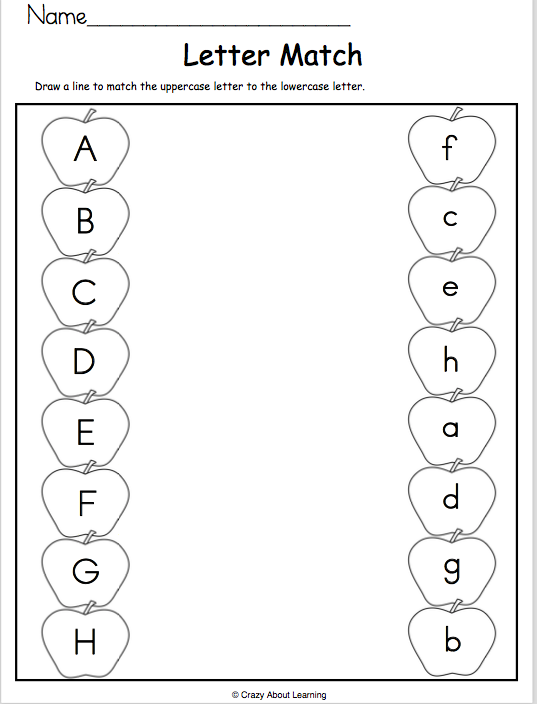Best learning activities for 3 year olds
7 Fun And Easy Learning Activities For 3-Year-Olds
Finding activities for 3-year-olds should be easy, but that’s not always the case.
Maybe you’ve planned a few fun games to keep your child entertained during the day. These were activities they loved last week, so surely they’ll still find them entertaining. Not today.
For some reason, these games no longer hit the sweet spot, and your child looks at you as if to say, “Is this all you’ve got?”
We’ve been there! So what can you do?
Fear not. We’ve compiled a list of creative and engaging activities to keep your three-year-old entertained (and learning!) at home.
Importance Of Learning Activities For 3-Year-Olds
Three-year-olds have a lot of energy, and they are often eager to try new experiences. This is great because, while engaging in activities, your child has the opportunity to develop many valuable skills.
For instance, hands-on activities — in which your child molds, cuts, sticks, sorts, or manipulates objects — help them develop motor skills. They also help your child learn to follow directions for precision and accuracy.
All of these skills can be used later in life with important, daily actions such as writing and tying shoelaces.
Similarly, activities like putting puzzles together and playing with building blocks help develop reasoning skills and creativity, to name just two benefits for your child..
Different learning activities for 3-year-olds can also help your child exercise patience, perseverance, and logical thinking. These are all important for a young child’s development.
The first six years of a child’s life are a critical period for brain development. When children engage in activities that incorporate multiple skills simultaneously (like listening, talking, and using their hands), it activates more areas of the brain and helps enhance learning.
How To Approach Activities For 3-Year-Olds
Keep It Simple
So often, parents assume they have to find the most elaborate activities and games for their children. Of course, you’re free to do so, but it’s important to know that’s not always necessary.
Of course, you’re free to do so, but it’s important to know that’s not always necessary.
Three year olds are fascinated by lots of simple things — different colors and shapes, how these colors change when you mix them (e.g., red and blue make purple), kicking a ball, storybooks about dinosaurs, baking cookies, and so on.
To create engaging learning activities for 3-year-olds, you don’t have to overwhelm yourself. Instead, you can use many everyday items you already have around the house.
Allow For Creativity
Life is full of rules, so, during these activities, why not just let your child be, well, a child? If they decide to paint a blue dog, that’s OK! And if they choose to create a 10-legged cat, what’s the big deal?
It’s essential to allow your child to do crafts in their own way and give them ownership over the experience.
That being said, always consider whether or not you’re up for a mess. Sure, the Pinterest images of children covered in colorful paint or glitter look like a blast, but we all know someone has to clean that up!
If you’ve had a long week at work, for instance, there’s nothing wrong with choosing activities for 3-year-olds that will not drain the little bit of energy you have left, and then leaving the messy ones for a less stressful time.
Be Flexible And Patient
While introducing different activities, it’s important to understand that your child might prefer some over others. That’s OK!
At this age, your child is learning who they are and what they’re comfortable with. Understanding their likes and dislikes is part of the learning process for us as parents.
7 Fun And Easy Learning Activities For 3-Year-Olds
1) Number Hunt
What You’ll Need:
- From teddy bears to building blocks to balls, any fun items can be used for this activity!
What To Do:
Ask your three-year-old to find an item or a group of items. For example, ask them to find one teddy, two socks, and three balls. To add a little more excitement to the mix, you can also time your child. Can they find the items in just one minute?
If recalling all this information is a little tricky for your child right now, that’s OK. You can start by asking them to search for one item at a time (e.g., one teddy, and then one sock, and then one ball) and progress from there.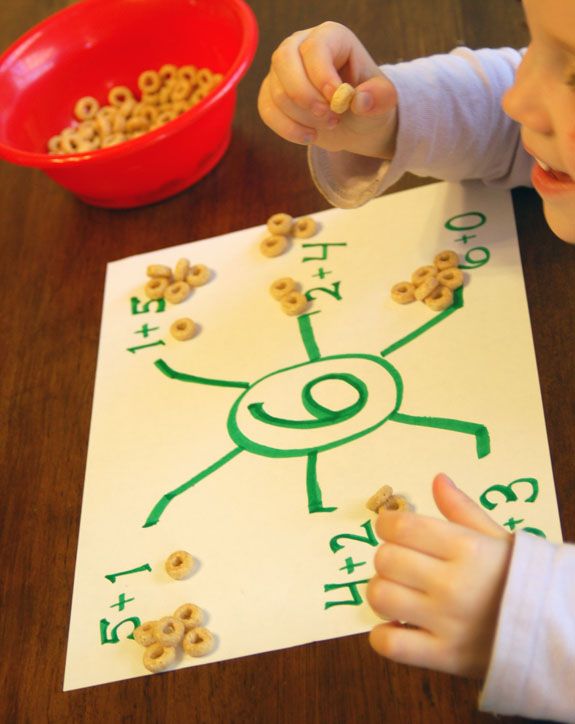
This is a great activity for an active young child. It helps to get those mental juices flowing as they will need to remember what items they need to find and the number they need for each.
2) Pasta Necklaces
- What You’ll Need:
- Dry, uncooked pasta (the tubed ones, to be specific)
- Sealable plastic bags
- Food coloring
- A cotton thread or string (you can also use an old shoelace)
- Tray
- Paper towel
- Optional: rubbing alcohol and beads
What To Do:
Start by placing the pasta into your plastic bags, and then add a few drops of food coloring and some rubbing alcohol. Note that you don’t have to use rubbing alcohol, but it helps to dry the food coloring faster.
After adding the coloring, seal the bag properly and give it a good shake. Now pour the colored pasta out on your trays (which you’ve lined with paper towels) and allow them to dry.
While waiting for the pasta to dry, you can cut the desired necklace length for your child out of the thread and string and tie a knot on one of the ends.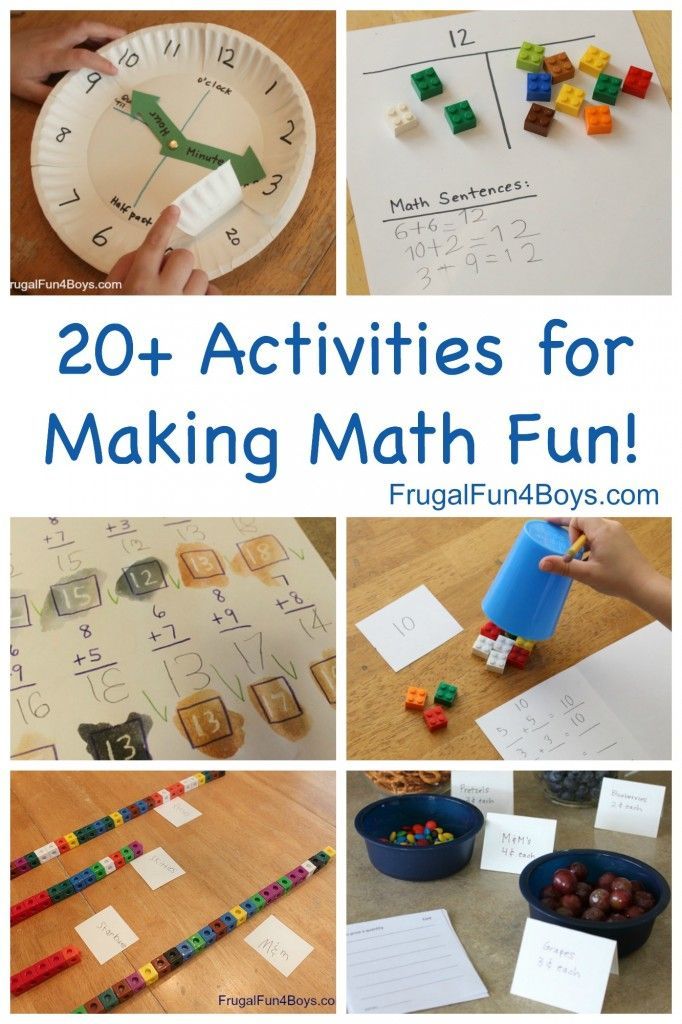
Once the pasta is dry, your child can then string the pasta and the beads (optional) to make a necklace. When they reach the end of the string, remember to tie the two sides together.
This is a fun way to help your child practice counting (“How many pieces of pasta are you adding?”), continue developing their fine motor skills, and tap into their creativity.
3) Trace Yourself
What You’ll Need:
- Crayons
- Paper sheets
What To Do:
This activity requires the least amount of prep and can be great for an easy afternoon when you’re in the mood for low mess levels.
The simplest body part to start with is your child’s hands. Once your child has mastered tracing out their hands, they can progress to their feet.
(For even more fun, use a very large piece of paper and trace your child’s whole body. They can then color features and clothes.)
This is an excellent way to help your child practice their grip on items (fine motor skills, anyone?), as they will need to firmly hold onto the crayons throughout.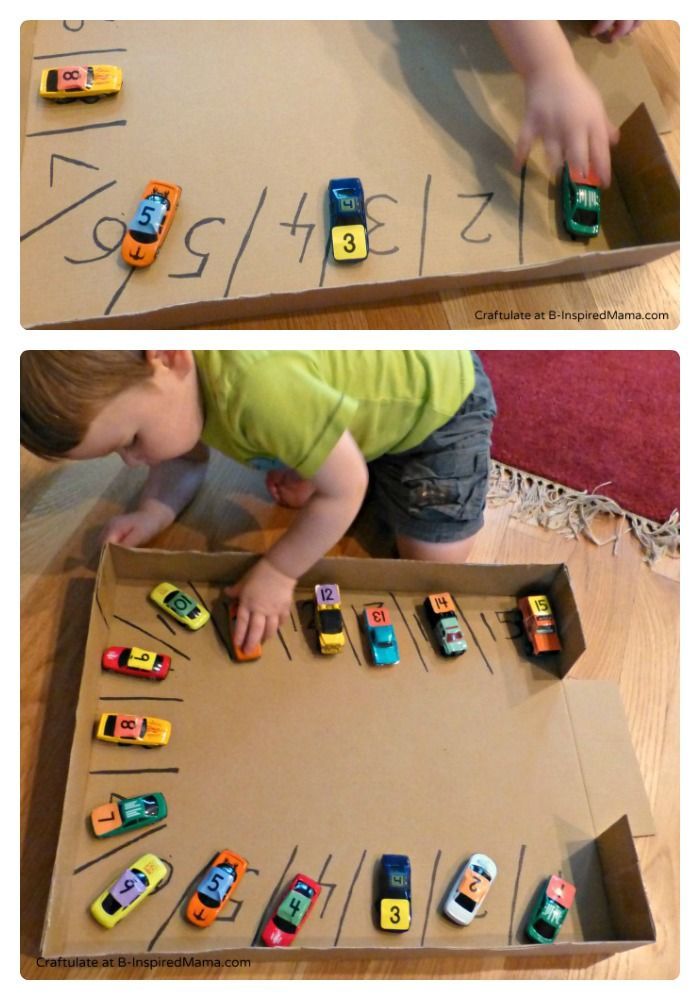
4) Make An Ocean
What You’ll Need:
- HOMER Sail The Ocean printable coloring page
- Crayons, markers, or colored pens
What To Do:
Help your child color in the printable and discover all the interesting creatures that live in our seas!
This is a great activity to help familiarize your child with ocean creatures. You can encourage them to give the fishies silly names and even make up stories about them.
This activity helps kids express their creativity and continue practicing their coloring.
5) Build A City
What You’ll Need:
- Building blocks
What To Do:
Help your child discover their inner architect by building their own city. The city can have high-rise buildings, a community park, and even a local candy store. There are no limitations!
This activity will help your child channel their creativity and problem-solving skills. They will also learn important life concepts, like understanding that for a building to be solid, they’ll need to create a firm foundation.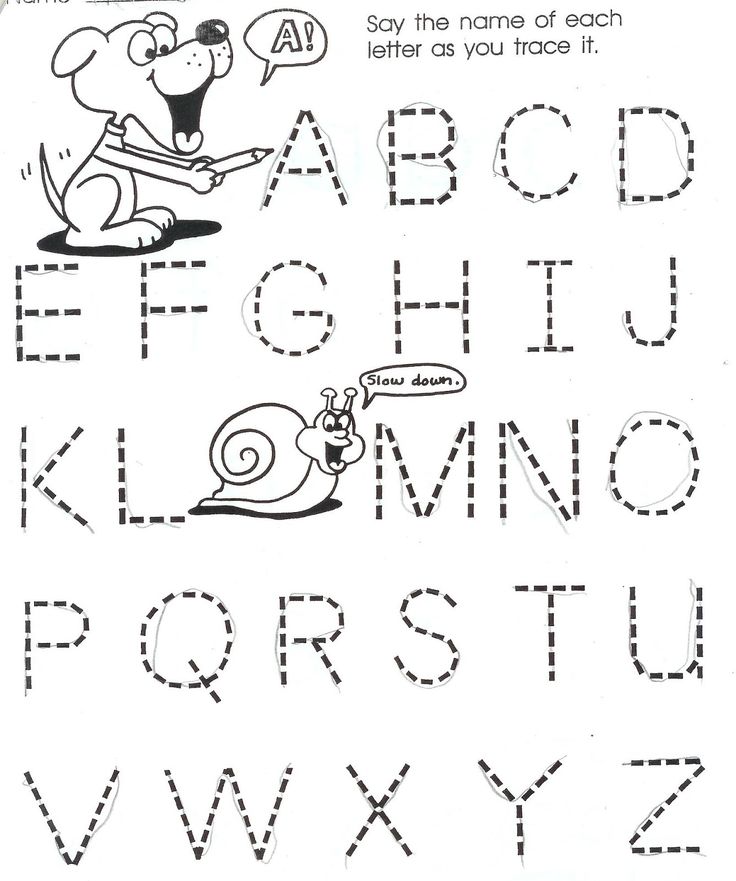
6) Watch It Grow
What You’ll Need:
- HOMER printable field notes template
- Crayons or pencils
- A large jar (glass or clear plastic)
- Fast-growing seeds (e.g. peas or beans)
- Paper towels
- An old milk or juice carton
- A ruler or measuring tape
What To Do:
Start by asking your child to fill the jar with paper towels, and then pour water onto the paper towels until they are slightly damp.
Proceed to “plant” the seeds into the damp towels. Remember to position them near the edge so you can see them grow! You can then use the printable to decorate the watering can (the milk or juice carton) and add a tag with the plant’s name.
Over the following days, ask your child to note anything they observe from the seeds. They can also measure the growth and log field notes to track the changes. Remember to add some water if the paper towels dry out.
This is a great activity to help your child practice using a measuring tool.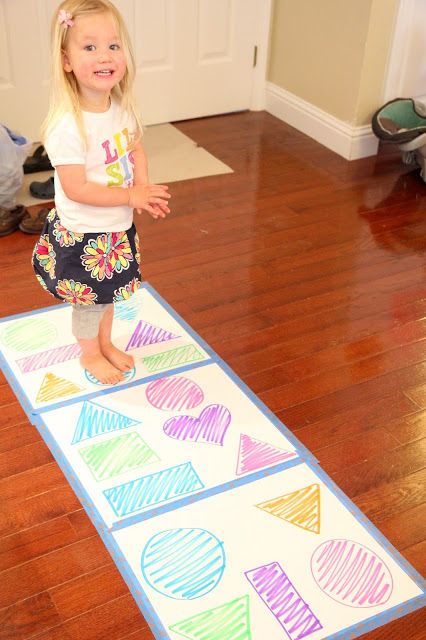 They will also learn how plants grow, as well as the importance of water, sunlight, and patience!
They will also learn how plants grow, as well as the importance of water, sunlight, and patience!
7) Create Your Own Color Hunt
What You’ll Need:
- Crayons
- Five objects that match each color crayon in or around the house
- Optional: HOMER Make a Color Hunt printable
What To Do:
Draw a square in the center of a piece of paper (or use the optional Make a Color Hunt printable). After drawing the square, use just one color to color it in. Lastly, hand your child the paper and ask them to find five items in or around the house that have the same color.
For young kids who aren’t counting yet, you can place items into a bucket or box and ask them to find the items from inside that match the color in the box.
This is a great activity to help with sorting, learning colors, and counting.
Let The Adventures Continue!
There are lots of ways to help your child stay entertained, engaged, and learning while at home! Whether you choose all or some of the above activities for 3-year-olds, remember to incorporate a mixture to help your child continue developing different important skills.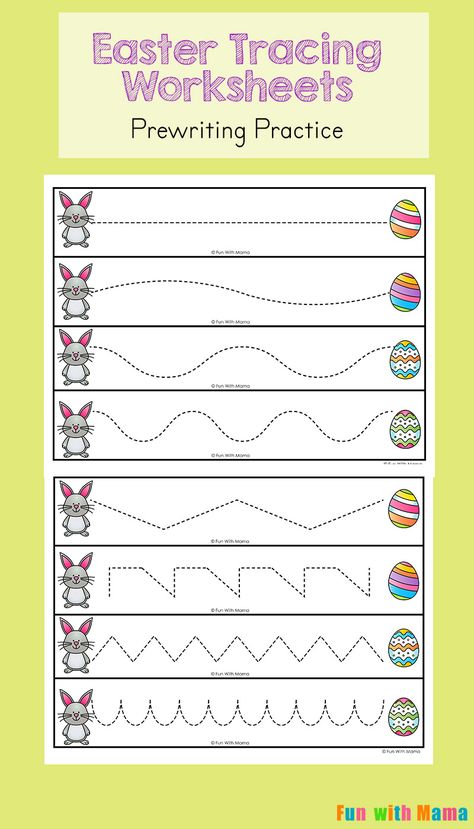
If you’re searching for more learning activities for kids to try at home, check out THE HOMER Blog for inspiration!
Author
36 Fun And Interesting Learning Activities For 3-Year-Olds
Multiple outdoor and indoor activities from all genres for your adorable toddler.
Research-backed
MomJunction believes in providing reliable, research-backed information to you. As per our strong editorial policy requirements, we base our health articles on references (citations) taken from authority sites, international journals, and research studies. However, if you find any incongruencies, feel free to write to us.
Image: Shutterstock
Three-year-olds are very active and keep parents and other family members on their toes all the time. Interesting activities for three-year-olds can help parents channelize their energy in the right direction. While their concentration span increases with age, they may be more restless to satiate their curiosity to explore new things. No number of toys or games can hold a three-year-old’s interest for very long. So to keep them engaged in a particular activity for more than just a few minutes, it is inevitable for parents and caregivers to come up with meaningful activities that would cater to their preferences and interests. Read this post where we bring some amusing and educational indoor as well as outdoor activities that keep your three-year-old engaged.
While their concentration span increases with age, they may be more restless to satiate their curiosity to explore new things. No number of toys or games can hold a three-year-old’s interest for very long. So to keep them engaged in a particular activity for more than just a few minutes, it is inevitable for parents and caregivers to come up with meaningful activities that would cater to their preferences and interests. Read this post where we bring some amusing and educational indoor as well as outdoor activities that keep your three-year-old engaged.
35+ Activities For Three-Year-Olds
Arts And Crafts To Improve Creativity
Art and craft activities are said to improve children’s cognitive abilities as they enable them to use multiple areas of the brain. Using both their hands and fingers also encourages the development of muscles in those areas and could improve their fine motor skills.
Here are a few art and craft activities for three-year-old kids.
1. Fabric painting
For a three-year-old child, fabric painting could be something basic to teach them a few painting techniques, shapes, and colors.
You will need
Old fabric or T-shirts, fabric colors, stencils or chart papers, small sponges
How to do
- Get ready-made stencils or take a thick chart paper and make some shapes like stars, hearts, drops, etc., in it to make your stencil.
- Tape the stencil on the fabric and ask your kids to fill it with color using the sponge.
- Once they are done, remove the tape and stencil to find surprisingly perfect shapes.
- Repeat the process in different parts of the fabric to get a beautifully painted fabric.
Image: iStock
2. Drawing or Painting
You cannot ask a three-year to draw a masterpiece. Instead, you can help them paint or draw something with easily available tools.
You will need
A paper or a drawing book, water colors or acrylic paints or crayons, pencil, fork, brushes, or sponges.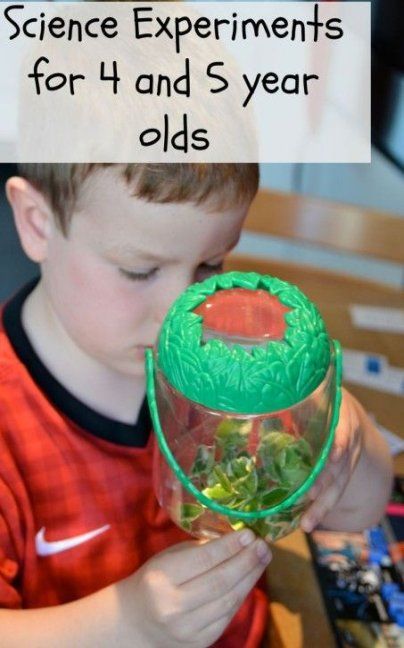
How to do
- Get them an appealing coloring book and ask them to fill the images in it with colors as in the reference image.
- You can also draw some simple geometric figures like squares, circles, or triangles and ask them to color them.
Image: iStock
3. Pot Painting
Get a plain terracotta or a clay pot from your garden and let your kids add color to it. Be open-ended so that your kids use their creativity to make it beautiful in their way, even if it is not perfect.
You will need
A small empty clay pot, bright colored acrylic paints, a wax paper, and a newspaper.
How to do
- Spread the newspaper on the floor, followed by the wax paper. Keep the clay pot upside down on the wax paper.
- Squeeze acrylic paints around the pot’s edge so that it drips down and colors the sides of the pot. Take one color at a time and do it one after the other.
- Don’t let the paints dry in between.
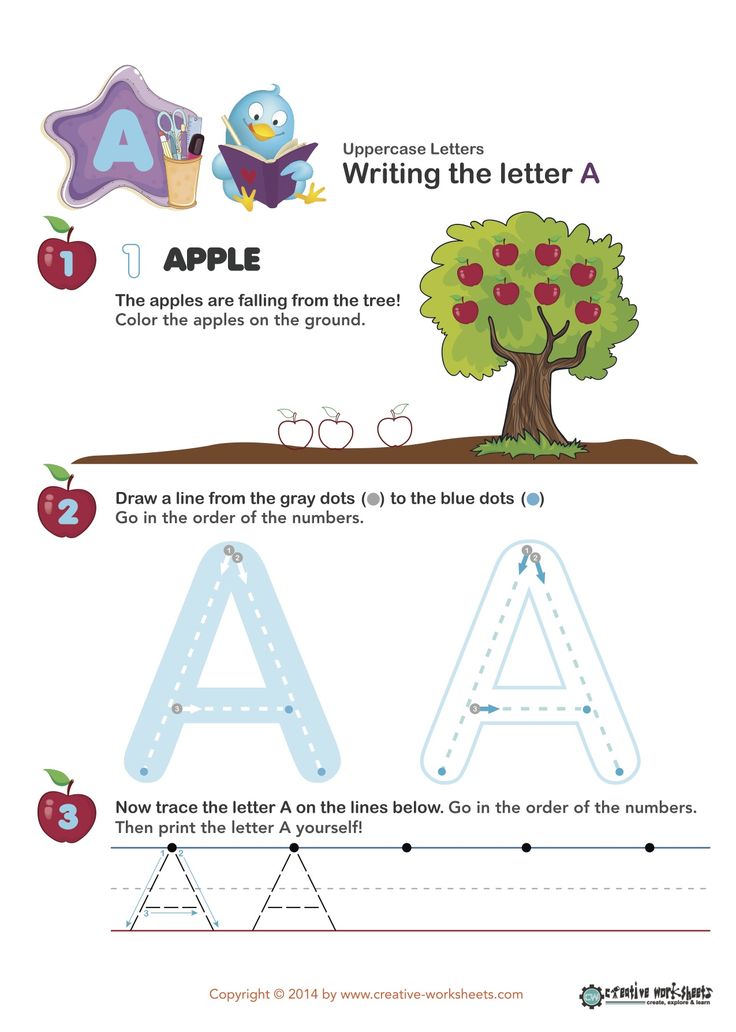 Once the pot is completely covered, let it dry for at least a day.
Once the pot is completely covered, let it dry for at least a day. - You can also keep the canvas clear with a base coat of white or black and ask your kids to paint whatever they wish.
Image: iStock
4. Stamp Painting
This is one of the easiest ways to make your kid paint different patterns without much effort. You can use a variety of objects to create beautiful patterns with this art form.
You will need
Potatoes, lady’s finger, onion, natural flowers, leaves, cookie-cutter, knife, paints, drawing paper, and brushes.
How to do
- This depends on the kind of object you choose. Let’s take a big potato, cut it into half, and with the help of a cookie cutter or a knife, make some shapes out of it. Remove the excess portion, and your stamp is ready.
- Hand it over to your little one along with some paints.
- Simply dip the stamp or paint the stamp with color and press it over a drawing paper or a fabric.

- Once they stamp at different places, you can simply join them with branches, add leaves and pot to make a flower pot or bouquet.
You can also use other objects like onions, ladyfingers, flowers, and leaves to make natural patterns.
Image: iStock
5. Cup Painting
You can paint the cups and also make different creatures using painted paper cups and everyday items.
You will need
White paper cups, paints, brushes or sponges, chart papers.
How to do
- Give a base coat to the cups with the color of the creature. Let’s say you’re making a chicken. Paint the cup yellow.
- Draw its eyes with black and white, and nose red.
- Cut the red chart paper to make its crown and feet and paste them on the top and bottom of the cup, respectively.
Similarly, your kids can create different characters like Peppa pig, angry bird, frog, etc.
6. Paper Plate Crafts
Just like paper cup crafts, the paper plate painting is quite interesting to do. You can make paper plate fans, paper plate turtles, and paper plate sunshine.
You can make paper plate fans, paper plate turtles, and paper plate sunshine.
You will need
Disposable paper plates, paints, brushes, color charts, ice cream sticks, etc.
How to do
- Take a paper plate, flip it towards its bottom, and color it with your favorite color or multiple colors.
- Take the colored paper and cut it into six shapes: four feet, one head, and a tail.
- On the head, draw the turtle’s eyes, nose, and mouth.
- Stick all six shapes to the turtle, and that’s it, your paper plate turtle is ready.
You can also make a ladybug in the same way.
Image: iStock
7. Bird Feeders
A nature craft idea for three-year-olds is bird feeders of different varieties, shapes, and sizes. A well-made one is sure to attract birds to your garden.
You will need
Empty tissue paper rolls, birdseed, twine thread, vegetable shortening, popsicle sticks, and a plate.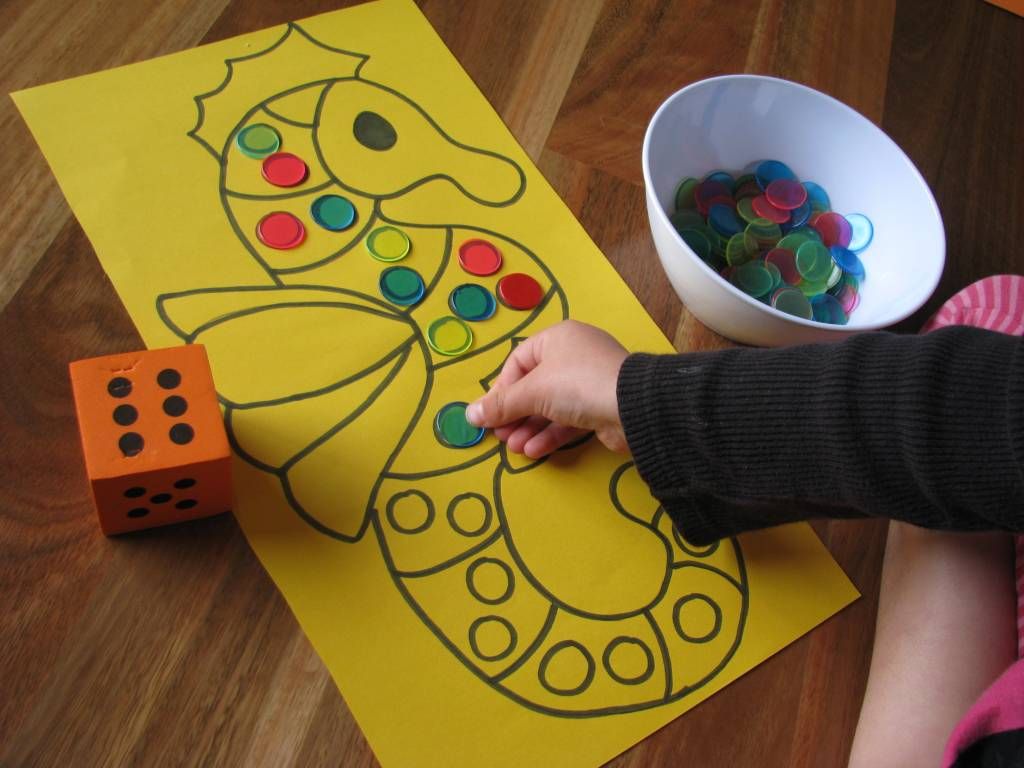
How to do
- Using the popsicle stick, ask your kid to spread the vegetable shortening on the empty tissue roll. This makes the paper roll water-resistant and helps it to hold the feed in place.
- Take the bird feed on a plate and roll the tissue roll over the feed. Make sure the feed gets stuck to the roll completely.
- Pass the twine through the tissue roll and tie it at one end, and your handmade bird feeder is ready.
- Hang the feeder to any tree in your garden.
You can also use pine cones or cardboard to make different feeders.
Image: iStock
Sensory Developmental Activities
Sensory activities for kids stimulate their senses like touch, smell, taste, sight, hearing, balance, and movement. The benefits of sensory activities could include language development, development of fine motor skills, and problem-solving. Listed below are a variety of sensory development activities that would stimulate your child’s senses differently.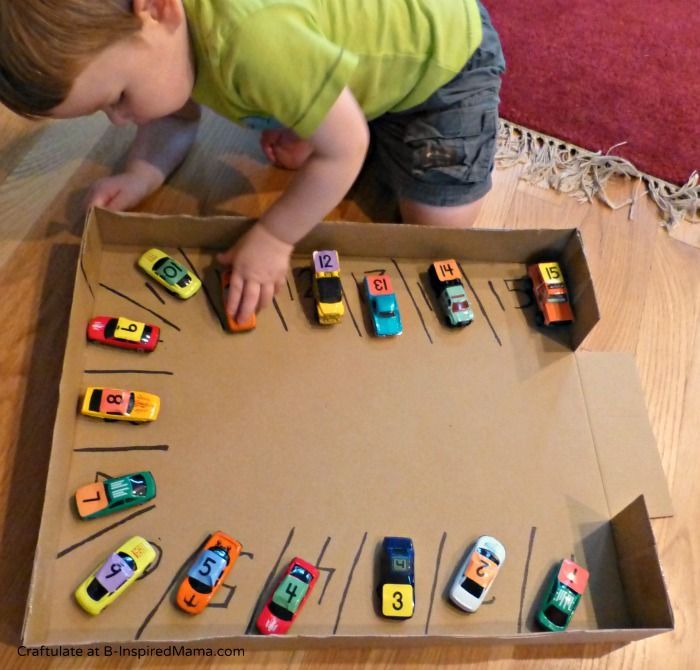
8. Playdough Crafts
Playdough is a popular activity that encourages creativity in children. But if your three-year-old has the habit of putting everything in the mouth, you need to exercise some caution. In such cases, you can opt for homemade edible playdough.
You will need
Colorful play dough, cookie cutters, play scissors, popsicle sticks, etc.
How to do
Ask your kids to use the play dough to make a simple ball, roll into a snake shape, flatten it with hands or a rolling pin.
Once they master doing these simple things, they know how to use their hands to shape the dough. Then you can ask them to make shapes using a cookie cutter or play scissors and slowly progress into making some small animals and objects.
Image: iStock
9. Pasta Bin Activity
This activity can develop the senses of touch and sound in your preschoolers. With a few items available at home, you can try this activity.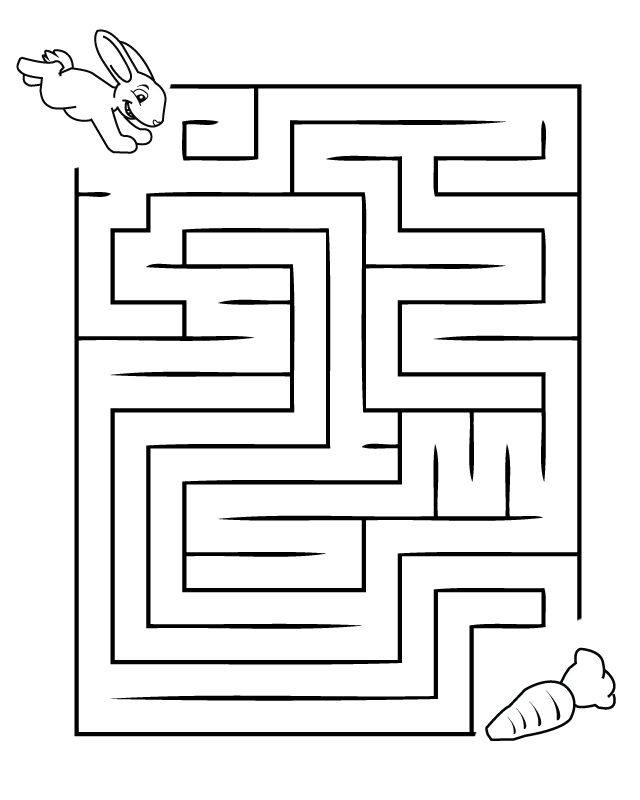
You will need
Pasta noodles, a big basket, bottles with caps, measuring jars or cups, a blanket.
How to do
- Take a big basket and fill it with pasta or macaroni.
- Give the empty bottles to your kids.
- Ask them to fill the bottles with pasta using the measuring jars.
- Once they fill all the bottles, they need to empty them and refill them.
For the sense of sound, ask them to fill each bottle to the half, secure the lid and shake it. Ask them to observe how each bottle is sounding differently, quieter, or louder. Change the quantity of pasta and ask them to check the sound again. Albeit a bit noisy, this activity can be fun.
Image: iStock
10. Frozen Treasure
This sensory activity for three-year-olds requires pre-planning and execution by the parent. It is quite apt during the summer to beat the heat.
You will need
Fresh fruits or small toy figures, freezer-safe containers, a kid-friendly tool kit with a hammer, screwdriver, and pliers, and a big tub.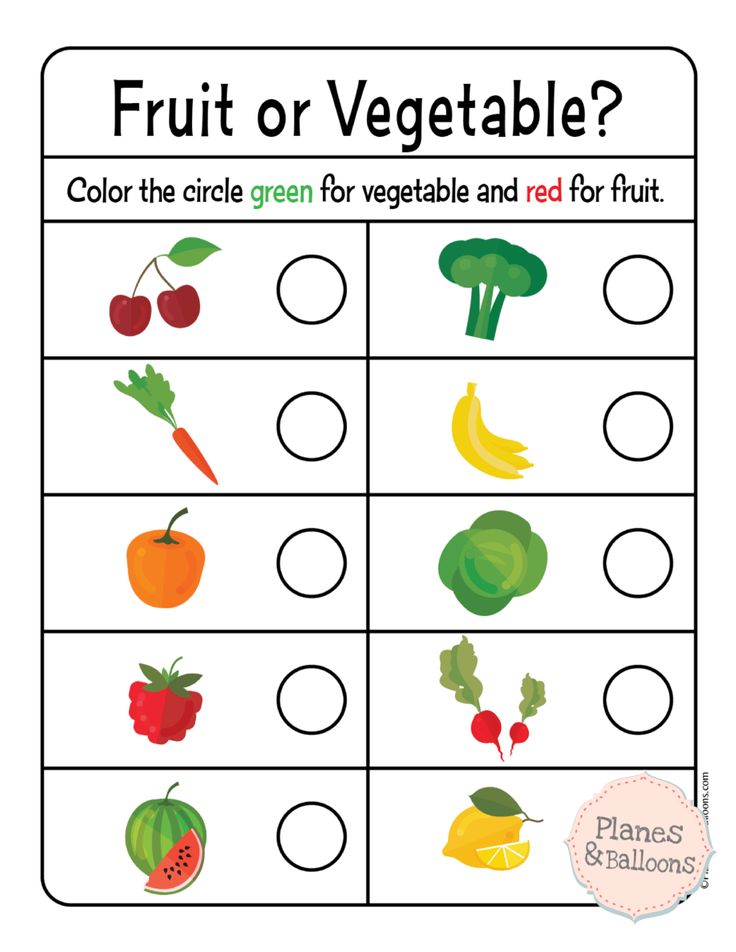
How to do
- A day before the activity, fill the freezer-safe containers with small fruits like berries, grapes, and cherries, add water, and freeze them. Fill four to five containers with different colored fruits and freeze them overnight.
- On the day of the activity, remove all the ice blocks from the containers and put them in a big tub.
- Hand over the tool kit to your toddlers and ask them to dig and find what’s hidden.
Image: iStock
11. Animal Sound Game
This activity of guessing the sound helps your child develop the hearing ability and also the ability to memorize things. It’s simple and does not require any crafting supplies.
You will need
A phone or a laptop.
How to do
Download some animal sounds, vehicle noises, bird chirpings. Play them for your children and ask them to guess the sound.
If they’re not familiar at first, tell them what the sound is.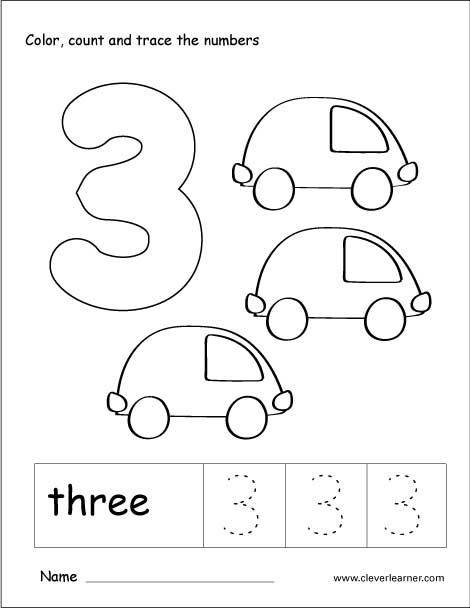 When they can imitate the sounds and recognize them, you can play the guessing game.
When they can imitate the sounds and recognize them, you can play the guessing game.
12. Smell It and Tell It
This is similar to the Guess the Sound game; only here, kids have to smell different objects and identify them. They could be edible or non-edible items but must have a unique that makes it easier for them to guess.
You will need
Fresh fruits, flowers, soaps, perfumes, a cloth to blind old, etc.
How to do
- Blindfold your children with a soft cloth and keep various objects before them.
- Ask them to pick one at a time, smell it, and guess what it is.
- Score them for every correct guess and keep aside the incorrectly guessed objects.
- Once they remove the blindfold, show them what they missed.
13. Treasure Hunt in a Sandbox
Kids love playing in the sand. So why not create a sensory game out of it?
You will need
A sensory bin or a big container, sand, coins, jewelry, etc.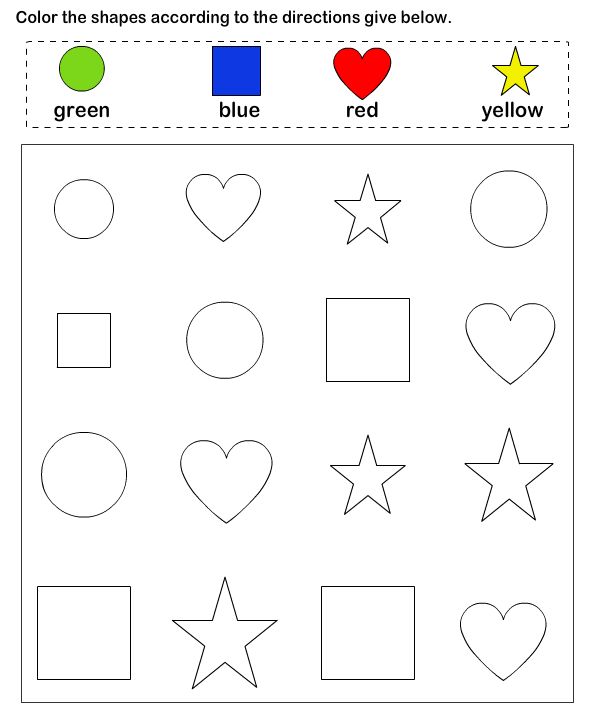
How to do
Hide the coins, jewelry, and other toys in the sand. Ask your little one to explore and find all the hidden treasure. To make it more exciting, ask them to find it within a time frame.
Image: iStock
14. Pasta Sorting
This is both a sensory and learning activity. If your kids are aware of colors, this activity helps improve their knowledge of different shades of colors.
You will need
Pasta, food color, color bowls, a big container.
How to do
A day before the activity, take four portions of pasta, add different food colors to it and dry it.
On the day of the activity, mix the pasta in a big bowl, and keep the colored bowls beside it. Ask your kids to sort the pasta based on color.
15. Transferring or Shifting Activity
Shifting objects from one container to another, or from one place to another, might be easy for adults. But for toddlers, it’s a challenging activity.
You will need
Two containers, small objects like toys, cushions, etc.
How to do
Keep two containers at different places and fill one with toys. Ask your child to transfer them from one container to the other.
Learning Activities
There is some learning in activities designed for children. However, certain activities are specifically targeted at teaching specific things like colors, letters, numbers, or names. Listed below are such learning activities that keep your three-year-old engaged and entertained.
16. Color and Shape Sorters
This is a fun activity to teach colors and shapes. Your toddlers would enjoy and also learn something new.
You will need
Objects in primary and secondary colors, readily available shape sorter set.
How to do
Place primary and secondary colored objects differently and teach your kids. Once they understand the differences, mix everything, and ask them to sort.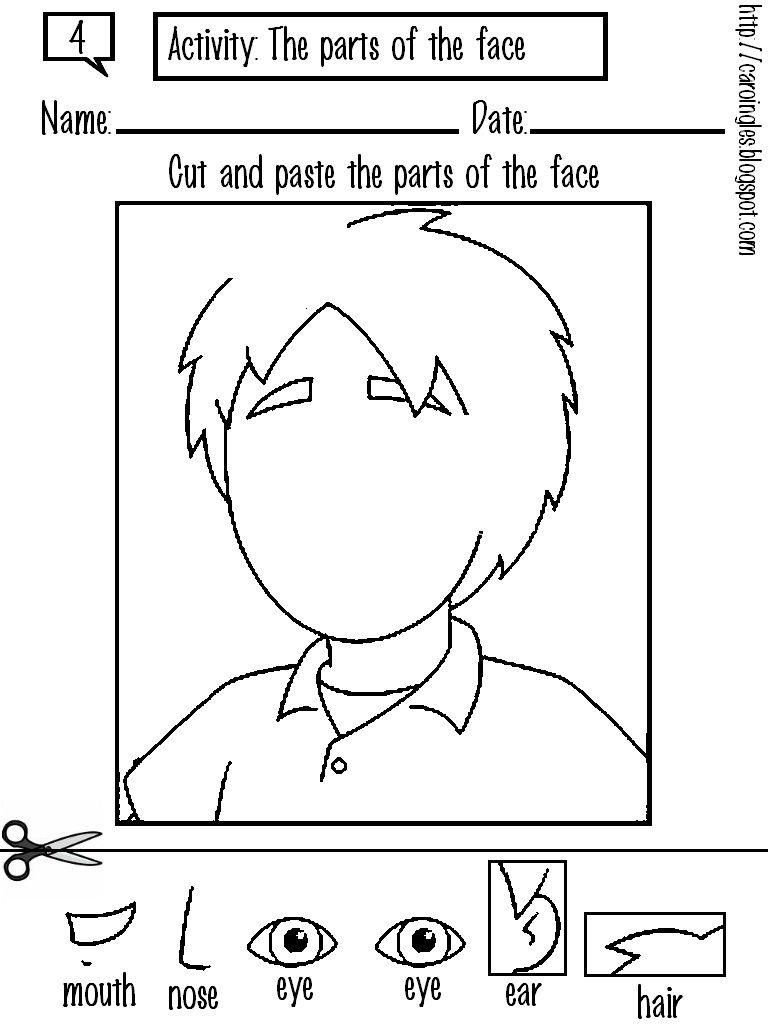
For teaching shapes, you can buy any shape sorter game readily available. Once they learn the shapes, you can take it to the next level by asking them to sort them.
Image: iStock
17. Learn Letters and Numbers
Teaching your preschooler letters and numbers at home is a good way to engage them.
You will need
Butter beans, marker, white chart.
How to do
Mark the butter beans with letters and numbers. On the chart, draw vertical and horizontal lines to form a checkered design. Write the letters and numbers randomly in the blocks. Place the beans in a basket with the letters and numbers facing upward.
Now ask your kid to match the letters and numbers on the beans to that on the chart.
Image: iStock
18. Play with Puzzles
Puzzles are readily available and solving them can improve your child’s motor skills and cognitive and reasoning skills. In older kids, it can also help improve their concentration ability.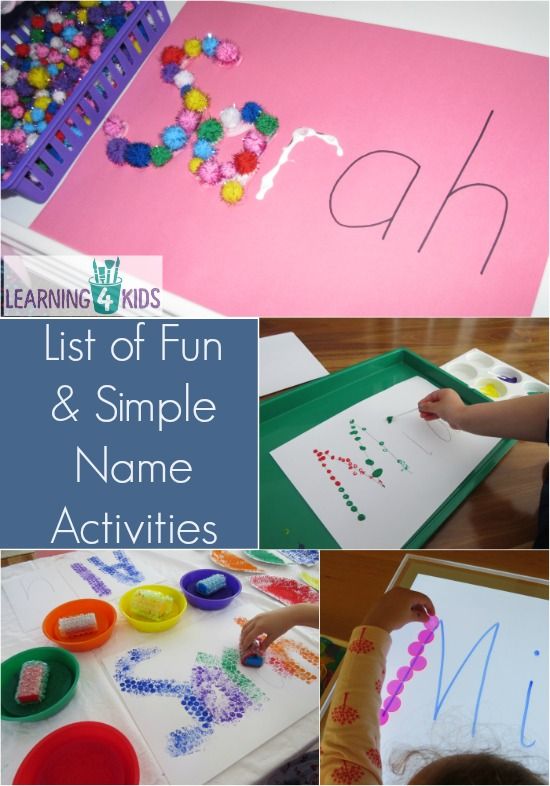
You will need
A readability available puzzle set.
How to do
Start with a small puzzle that has fewer pieces. Once your toddler masters it, slowly increase the difficulty level. Changing the puzzles often makes them think differently and aids in improving problem-solving skills.
Image: iStock
19. Cook Together
Cooking does not necessarily involve using the stove or fire. Teach your kids something that doesn’t involve serious cooking and let them discover the joy of real cooking.
You will need
Utensils, cutlery, and cooking items.
How to do
Pick a dish and get the required items. Some ideas include sandwiches, baking cookies or cakes, and making a salad.
Give them a small task like mixing the dough – show them how to first and let them try it independently. You can also do it together. One added benefit of this cooking class is getting the kids to make something healthy and eat the food they prepared.
Image: iStock
Outdoor Activities
Playing outdoors is what makes the activity even more interesting and exciting for the kids. However, make sure you’re taking necessary safety precautions before planning any outdoor activities for your three-year-olds. Here are a few ideas for outdoor games and activities for three-year-olds.
20. Gardening
Gardening is a simple and interesting outdoor activity for a three-year-old. Teach them some basic gardening tasks like watering plants, pruning, planting, harvesting, etc.
You will need
A small watering can or a small bucket and a mug, kid-friendly scissors, etc.
How to do
Take your kids around your garden and tell them a little about the plants you have in there. If they’re already familiar with the plants, go straight to the activity by handing them the water can.
Show them how to do so that they won’t over water it. If the water can is empty, ask them to refill it and repeat watering to the rest of the plants.
You can also teach them pruning if they understand what it is. Ask them to use their play scissors to do it along with you.
Image: iStock
21. Backyard Obstacle Course
If you have three-year-old boys who are always on the go, this backyard obstacle set-up would excite them. As it involves physical activity, it helps develop muscles, improves endurance, and aids in developing gross motor skills.
You will need
Anything available from your kids’ toys like boxes, flags, frisbees, hula hoops, balls, cones, etc.
How to do
Design your obstacle course using the items you have. Ensure the path gets the kids to jump, crawl, run, walk, balance, skip, and slide.
Image: iStock
22. Building Sandcastles
You can plan this in your backyard or on a nearby beach. Just take the kids to sand, and they will know what to do. If they don’t, you can always show them.
You will need
Sandcastle set.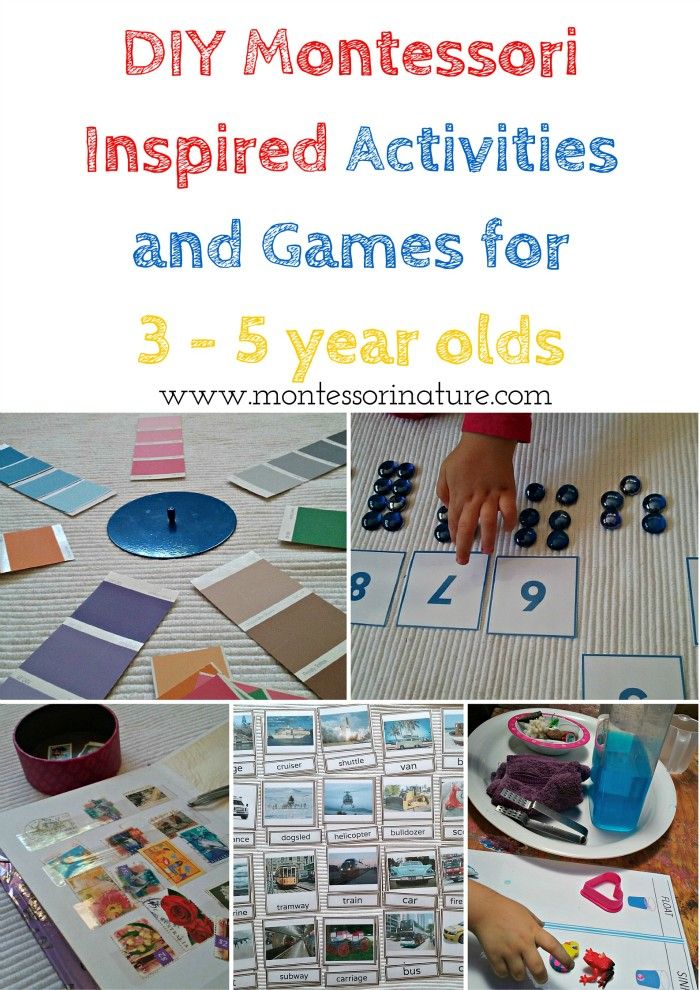
How to do
If you’re planning the activity in your backyard, gather some sand at one place, give the sandcastle kit to your kids, show them some sample pictures, and leave the rest to their imagination.
Image: iStock
Indoor Physical Activities
We cannot always plan physical activities outdoors. You must have some indoor physical activity that allows your kids to move around. Listed below are a few ideas that you can try.
23. Walk Like an Animal
You don’t need any items for this activity. Just show it to them and ask your kids to imitate you.
How to do
If your three-year-olds are familiar with animal sounds and behaviors, this would be an easy and interesting activity for them. Just say the name of an animal and ask your kids to imitate. If they don’t know, you can show them how and they can imitate you.
24. Scavenger Hunt
The regular scavenger hunt is a clue-based activity. But for the tiny tots, we modify the game a little to make it simple yet fun.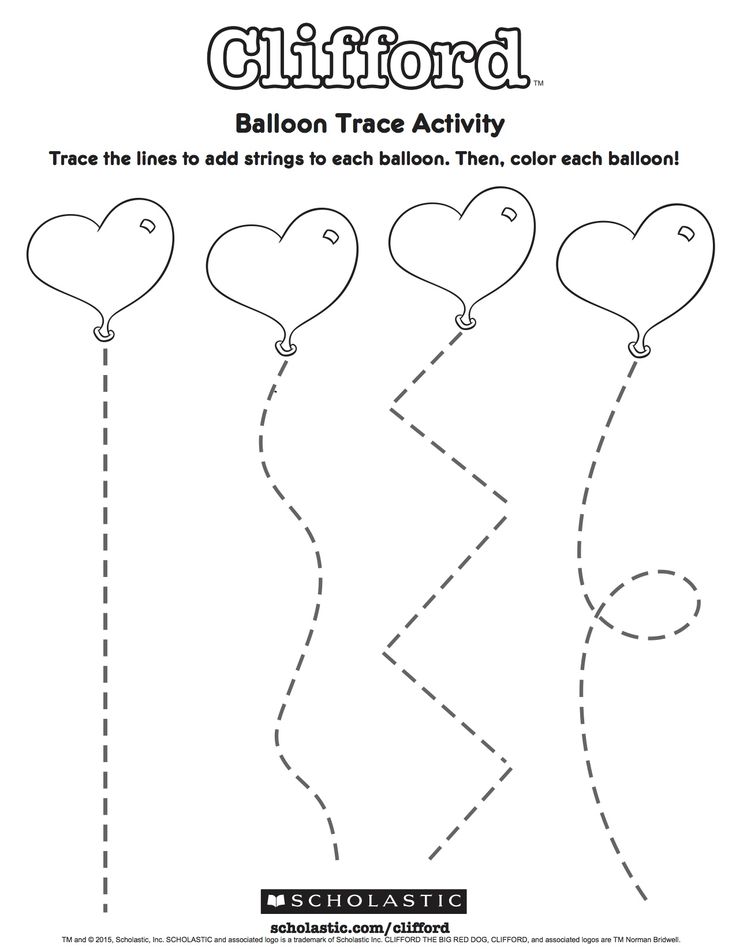
You will need
White papers, pens, baskets, etc.
How to do
Before starting the activity, prepare a list of items that your kids are familiar with in the house.
Once the kids are ready, read out one item from the list and get them to bring it and place it in a box. Once they find one, call out the next item, and the next until they find all the treasure.
25. Dance Party
If you’re running short of time and ideas, one instant thing you can plan is a dance party.
You will need
Music system, some snacks, drinks, flashy lights, etc.
How to do
Set up the dance floor with lights, music, snacks, and drinks, and let the party begin. Get them to move as they want to the music or teach them easy dance steps to try with you.
Image: iStock
26. Indoor Obstacle Course
You can also plan an obstacle course indoors with some household items and some toys from your kid’s collection.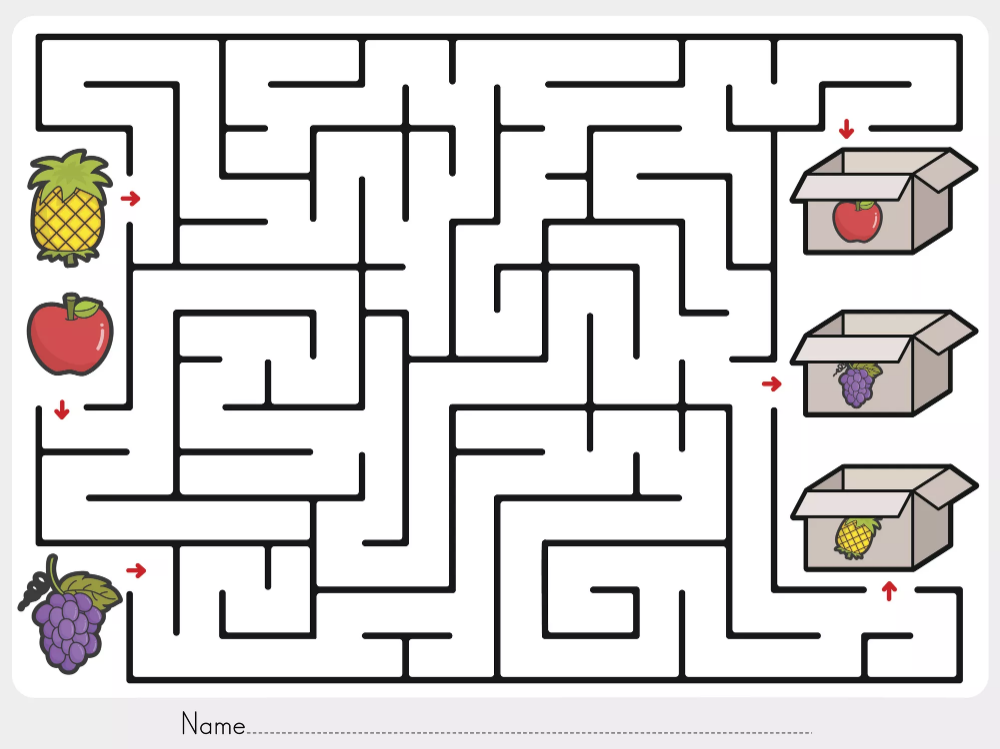
You will need
Chairs, tables, hula hoop, balance board, basket, skipping rope, play mat, and cushions.
How to do
Just design a simple obstacle course with 5-6 activities. You can incorporate some of these ideas in the activity – crawling under the chairs, passing through the tunnel made using a playmat, skipping, balancing, throwing a ball into the target, somersault, etc.
You can place cushions on the floor to prevent injuries if the child misses a step and falls.
Image: iStock
27. Yoga Practice
Teaching good habits in childhood helps the kids become better adults. Yoga is one such activity that promotes overall well-being for all age groups.
You will need
A yoga mat, some reference yoga videos.
How to do
If you’re not aware of safe yoga for kids, search some asanas that can be done by the kids. Play them on the TV and ask your kids to follow them.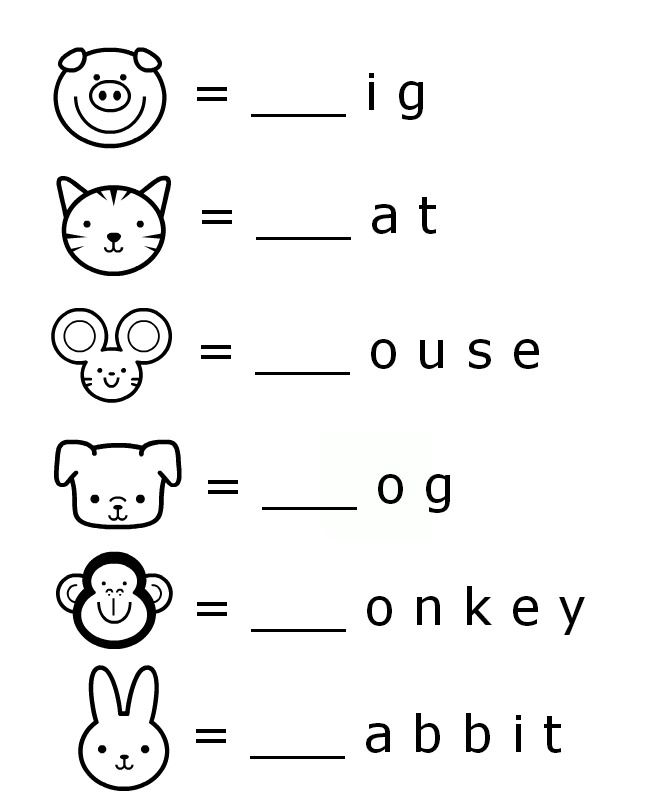
Try to do along with them so that they find the activity interesting. You can make it part of their daily routine so that they become habituated to it.
Montessori Activities
Montessori activities are designed to encourage children to learn through play. These activities are designed to promote independent thinking, fine motor skills, critical analysis right from childhood. As they’re tailored around a child’s areas of interest, they help the kids to learn quickly and easily. Listed below are some fun activities inspired by Montessori techniques.
28. Toy Cleaning
Simple but an interesting activity for kids as it involves water. It also teaches them some day to day activities that we do at home.
You will need
All the washable toys of your kids (preferably plastic and silicone toys), two water tubs, dish soap, a towel.
How to do
- Ask your toddlers to collect toys from all the rooms, sort them, and separate all the washable toys.
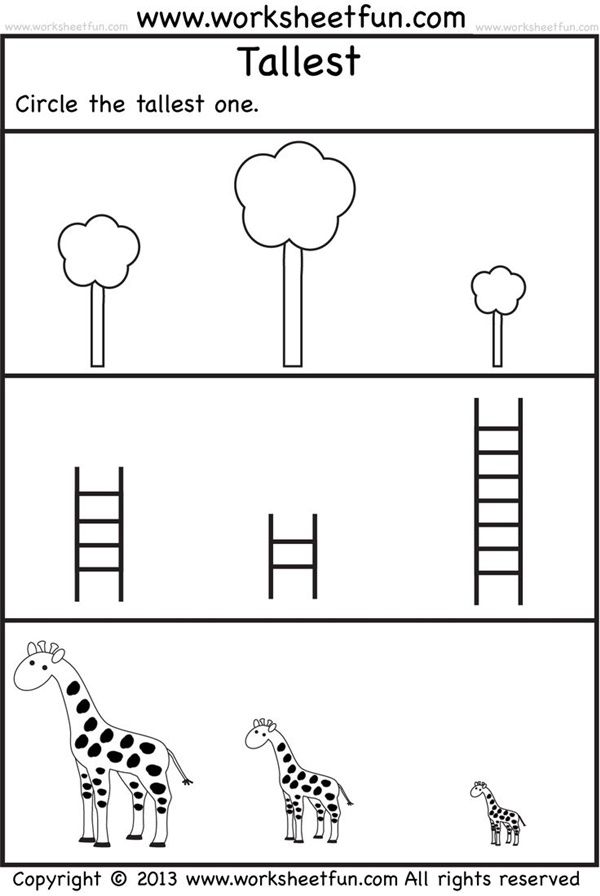
- Fill both the containers with water, maybe two-inches deep.
- Add dish wash soap to one container and make some water bubbles.
- Ask your kids to wash each toy at a time in the soap-filled container and then rinse it in plain water.
- Then keep them on a towel spread on the floor. Once all the toys are washed, they can wipe them with the towel.
29. Float and Sink Experiment
Let’s add some science to the fun. Teach the kids about sinking and floating with this simple water experiment.
You will need
A water tub, some natural items like leaves, twigs, flowers, stones, shells, etc., some water toys.
How to do
- Before starting the water play, get some items like leaves, flowers, stones, sticks, shells, buds, etc., from your garden.
- Place them next to the water tub along with the water toys.
- Now ask your kid to sit there and drop each item at a time. Tell him to observe which item is floating and which is sinking.
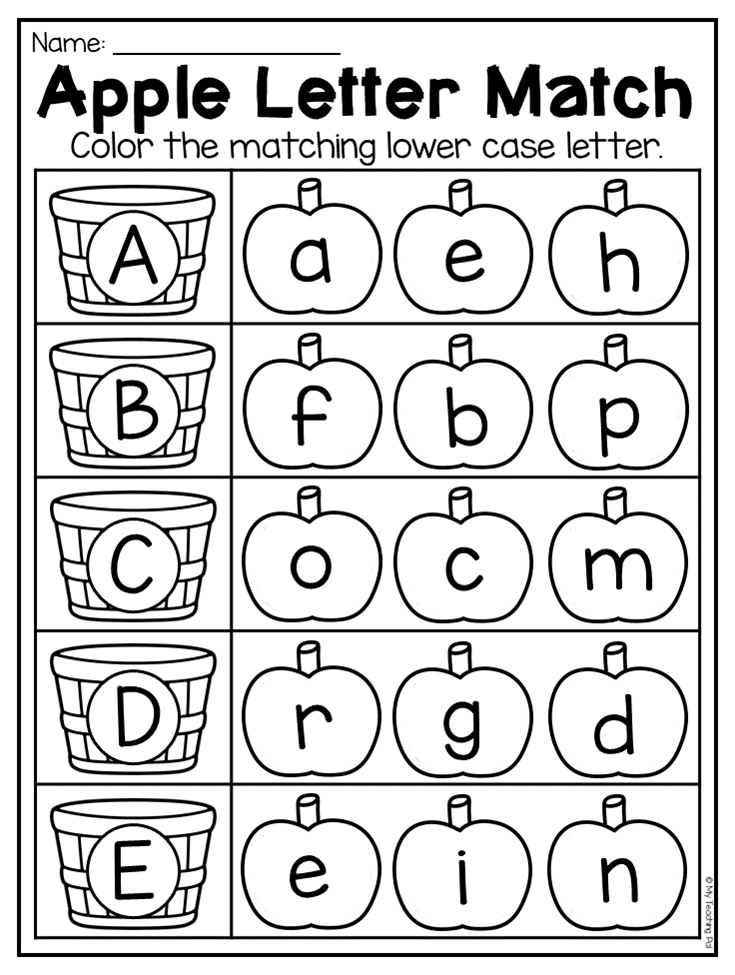
- Explain to them why some objects are floating and some and sinking.
- Now remove everything from the water, ask questions, and then check their answers by dropping the objects.
30. Fruit Cutting
Fruits and vegetable cutting is one of the Montessori food prep activities. This enables them to use both their hands and also teaches them some practical life skills.
You will need
An apron, water, kid-friendly peeler, knife, chopping board, etc.
How to do
Ask the toddlers to clean all the veggies with water first. Each fruit needs to be cut in a certain way. Show them how to do it and ask them to do it as is.
For their safety, choose soft veggies and fruits and a blunt or kid-friendly knife that they can use for cutting.
Image: iStock
31. Hammering
Your three-year-old might be more interested in real tools than his regular toys. Well, why not let them explore the same with a kid-friendly tool set and activity.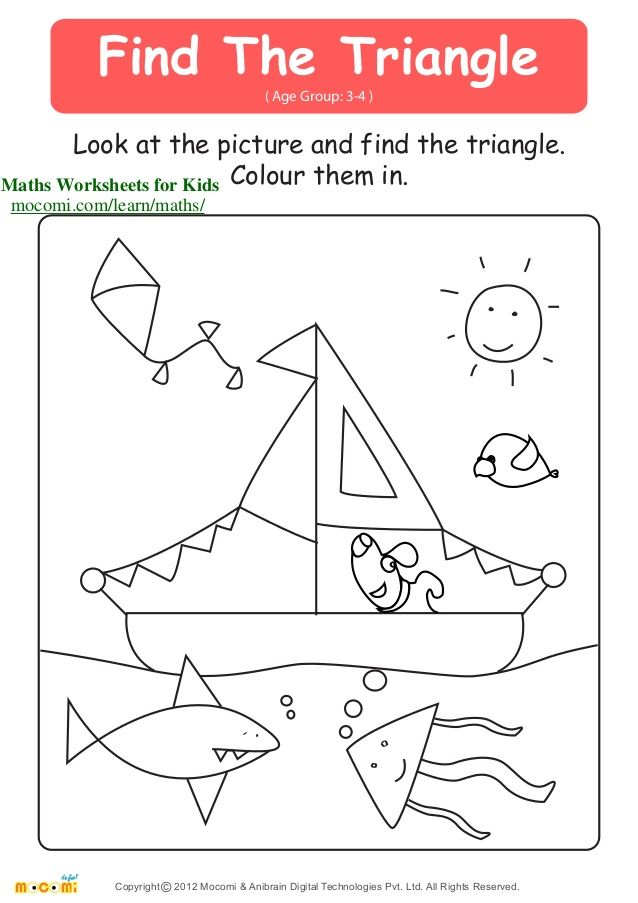
You will need
You can purchase a readily available Nail game set that comes with all the necessary tools, including a corkboard, a wooden hammer, tack nails, some color cards, etc.
How to do
You can simply ask your kids to hammer the nails into the board by placing a plain paper in between. Once they master it, you can ask them to form shapes using some colored cards, pictures cut into pieces, etc.
A variety of activities can be created using the hammering tool kit.
Image: iStock
32. Writing on a Chalkboard
Every preschooler needs to get a good grip on pencils, chalks, or markers to develop writing skills. To avoid wasting paper, you can set up a chalkboard and offer them a clean canvas.
You will need
A blackboard, chalk pieces, board eraser, etc.
How to do
Set up the blackboard in your kid’s playing corner and give them chalk to scribble on it however they wish.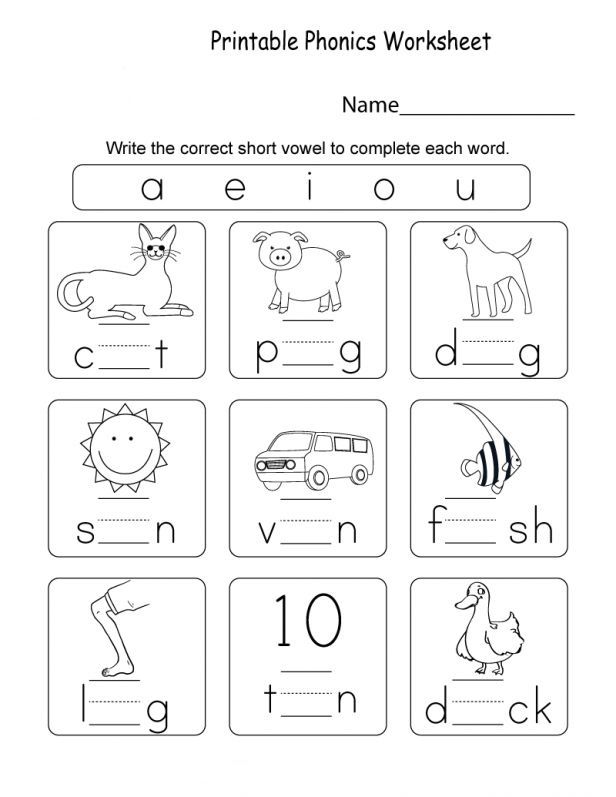 If they are not comfortable standing and writing, you can place the board on the floor for a few days and let them practice.
If they are not comfortable standing and writing, you can place the board on the floor for a few days and let them practice.
Image: iStock
33. Moving Puzzle Game
This activity gives a new twist to puzzles, making it even more helpful for further skill development.
You will need
Any puzzle game (preferably the one your kid is familiar with)
How to do
Unlike in a regular puzzle game, keep the pieces of the puzzle in a different room. Ask your kid to solve the puzzle in the play area by bringing one puzzle piece at a time. This not only keeps them moving but also encourages them to remember which puzzle piece is required.
Image: iStock
34. Window Cleaning
Another popular Montessori activity is window cleaning. While spraying water on the windows is a thrilling sensory activity for kids, cleaning the windows improves their gross motor skills.
You will need
An empty spray bottle, white vinegar, water, a piece of cloth, or a sponge.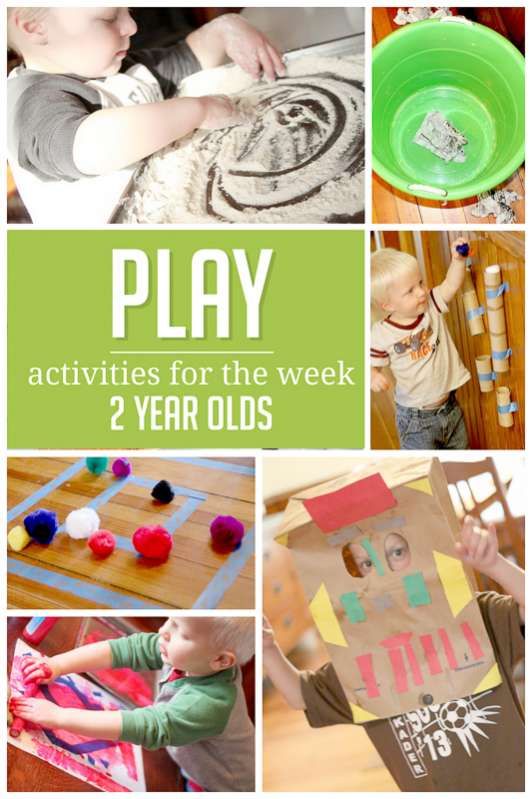
How to do
Just mix vinegar and water in the required proportion and fill the mixture in the spray bottle. Hand over the bottle and the cleaning material to the child, show them how to do it, and let them imitate you.
Image: iStock
35. Touch and Tell
This is a sensory Montessori activity that encourages your kids to use their sense of touch to guess the things.
You will need
Small toys that your kids are familiar with, a big bag with a drawstring or a zip closure.
How to do
Gather all the small toys your kids usually play with and keep them in the bag. Blindfold your kids and ask them to pick one toy from the bag and name it just by touching it.
36. Match the Socks
Matching colorful things is one of the best Montessori activities to improve visual coordination in your kids.
You will need
Multiple pairs of socks.
How to do
Mix all the socks pairs and ask your kid to pick each one and find its pair.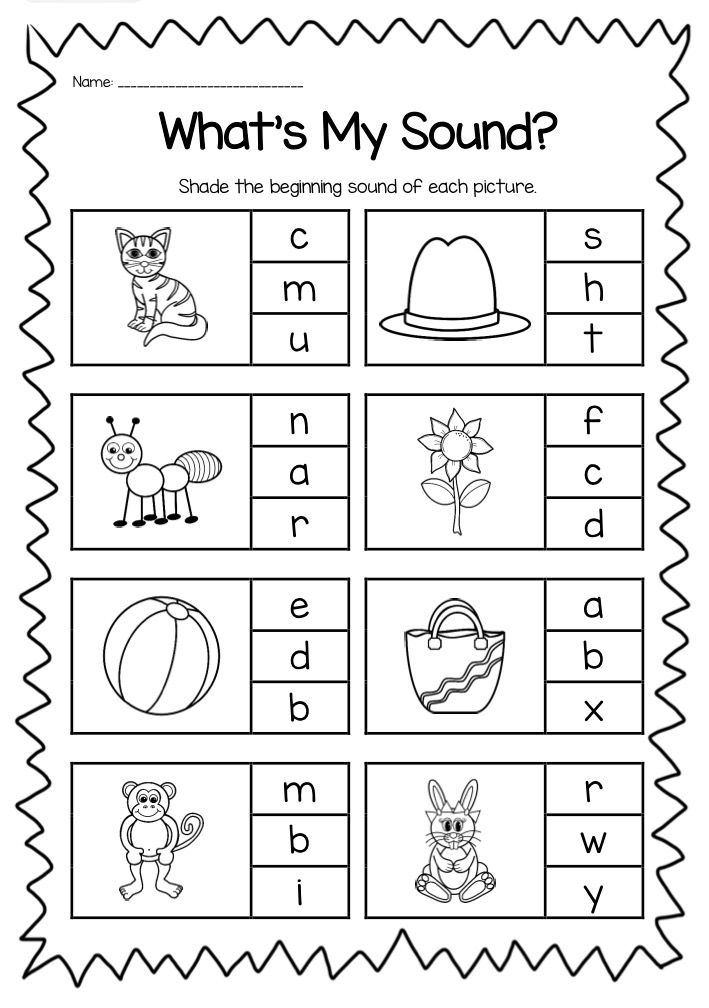
Introducing toddlers to learning activities for 3-year-olds will help keep them engrossed and entertained and enhance their creativity, focus, and cognitive abilities. Ensure you pick the right activity for your toddler as per their interest and abilities. Sensory developmental activities such as playdough crafts, frozen treasure, and smell it and tell it will help improve their motor skills. You may also try the various learning activities and outdoor and indoor activities mentioned above to aid your child’s physical and psychological development.
Key Pointers
- Art and craft activities can improve creativity and cognition in three-year-olds.
- Sensory activities, such as playdough crafts benefit a child’s brain growth.
- Games such as color and shape sorters can help three-year-olds learn new colors and shapes.
The following two tabs change content below.
- Reviewer
- Author
Nisha Bharatan is a freelance writer with experience in writing health and finance content for various Indian and international clients. After completing her engineering from Savitribai Phule Pune University, she did content marketing courses to complement her interest in writing. Nisha writes articles centered around kids’ development, their activities, crafts, games, and fun elements that keep children and families entertained....
After completing her engineering from Savitribai Phule Pune University, she did content marketing courses to complement her interest in writing. Nisha writes articles centered around kids’ development, their activities, crafts, games, and fun elements that keep children and families entertained....
View Profile ›
Dr. Maymunah Yusuf Kadiri, popularly referred to as ‘The Celebrity Shrink,’ is an award-winning neuro-psychiatrist and mental health advocate with over 15 years experience. She is the medical director and psychiatrist-in-chief at Pinnacle Medical Services. She has created the innovative mental health app in Africa, HOW BODI. Dr. Kadiri is a Goldman Sachs Scholar on Entrepreneurial Management of Pan Atlantic...
View Profile ›
Educational activities for children 2–3 years old
At the age of two or three years, a child actively explores the world around him, learns to talk and communicate with adults and peers. During this period, his personality begins to form. Therefore, parents need to pay special attention to the development of speech, thinking, social skills.
Therefore, parents need to pay special attention to the development of speech, thinking, social skills.
Contents of the article:
- Classes for the development of logical and mathematical thinking
- Lessons for the development of speech
- Gross and fine motor activities
- Classes on the study of the properties of objects
- Getting to know the outside world
- Output
Classes for the development of logical and mathematical thinking
The thinking of two and three year olds is clearly effective. The ability to think logically implies the ability to analyze, compare and generalize. You can develop logic and teach your little one basic math skills with the help of the following exercises.
✅Comparison
Take a handful of buttons or other small items and divide them into two unequal piles. The child must determine which pile has a lot of buttons, and which has few.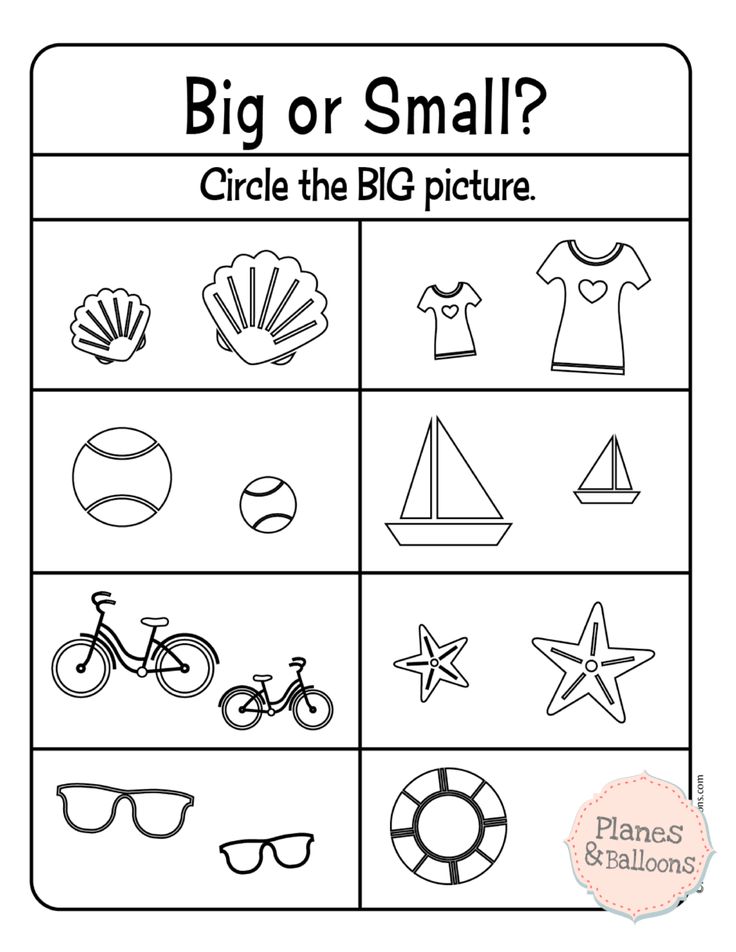 If he does not see the difference between the concepts of "a lot and a little", explain to him what it is.
If he does not see the difference between the concepts of "a lot and a little", explain to him what it is.
The second variation of this exercise is the value comparison. Take several objects or toys of different sizes. Ask the baby to show where the small objects are and where the large ones are.
✅Score
Children at the age of two or three are not yet familiar with numbers. It is better to master the counting skill on surrounding objects or on the fingers. Teach your child to show his age on his fingers, tell him how old he will be in a year, two, three.
It is convenient to use counting sticks or any other items for counting. Climbing the stairs with your child, count the steps, passing houses - windows, walking along the alley - trees or lampposts.
✅ Hidden Object
Hide the toy in the room and ask your baby to find it. Help him by suggesting places to search - under the sofa, behind the armchair, in the closet, etc. Then you can switch roles - the child hides the toy, and you are looking for it.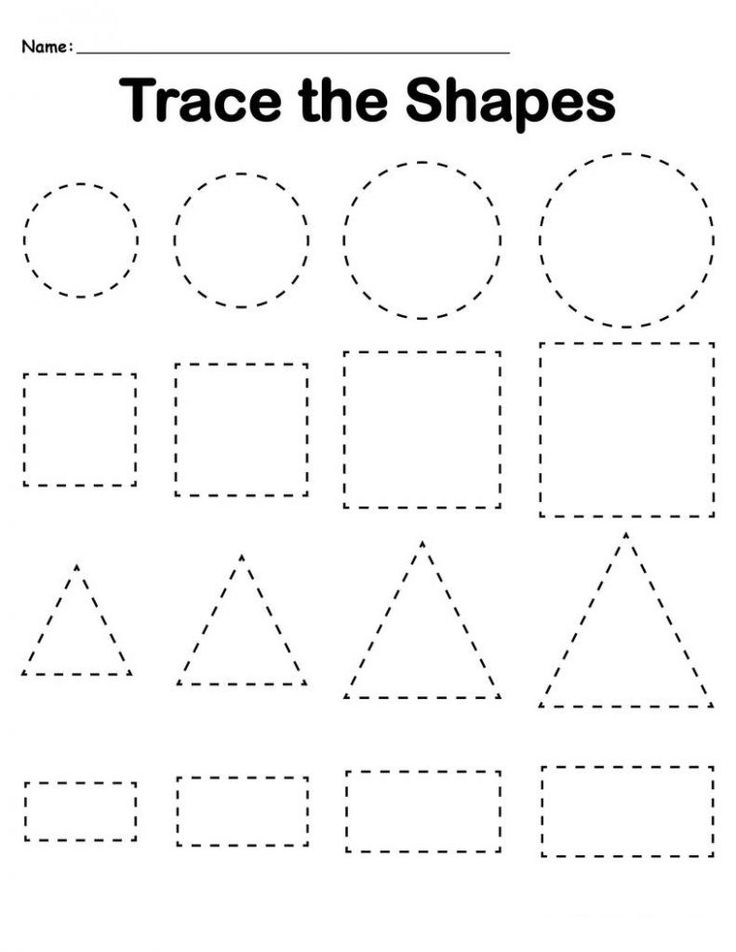
Speech development classes
Between the ages of two and three, children experience a significant leap in speech development. Their vocabulary is replenished very quickly. Having become acquainted with a new word, children bring it into their vocabulary and begin to actively use it. Simple exercises will help develop speech skills.
✅Reading
The best way to develop speech is reading. Buy picture books for 2-3 year olds. Choose poems, fairy tales, nursery rhymes. It is useful for a child to listen to both prose and poetry.
When reading a fairy tale, ask your child questions about the plot. If he finds it difficult to answer, help him. Explain the meaning of each unknown word. Look at the illustrations in the book and discuss with your child.
✅Singing
This fun activity encourages speech development and voice training. Sing with your baby children's songs with and without musical accompaniment. Children quickly memorize rhyming lines and a motive, and sing along with adults with pleasure.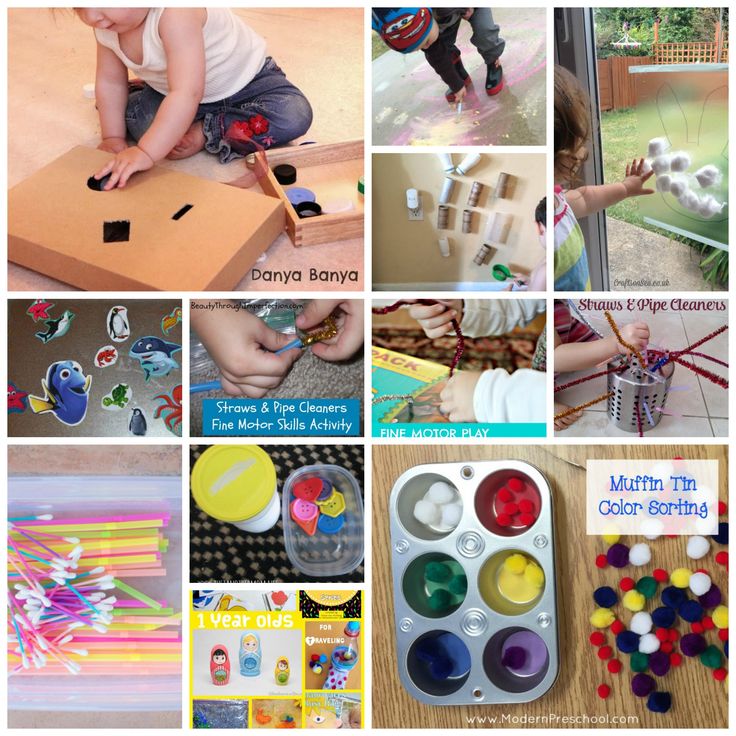
✅Composing proposals
Think of the beginning of a sentence and ask your child to continue it. For example, "Mom bought today in the store ..." or "Black runs down the street ...".
✅ Discuss the events of the day
Discuss the events with your child every day. For example, “You and I went to the park today and fed the ducks in the pond. And in the evening, my grandmother came to visit and brought a delicious pie, ”etc. If the baby goes to kindergarten, ask him to tell you how the day went, what he did, what interesting things happened.
✅Describing objects
Take an object and ask the child to describe it, asking leading questions (What color is it? Is it big or small? What does it look like? What is it for? etc.).
At the age of 2–3, children still do not pronounce words well, many of them abbreviate and distort. Be sure to correct your child when they speak incorrectly. Of course, he still does not know how to pronounce all the sounds, so a clear pronunciation will not work. But still, try to teach the baby to speak as correctly as possible.
But still, try to teach the baby to speak as correctly as possible.
Classes for the development of attention
At such an early age, attention is involuntary. This means that the child does not yet know how to concentrate it by willpower. His attention is attracted by what is of interest (a bright toy, the sound of music, people around him). Attention, like other mental processes, can and should be developed.
✅Search for an object
Take a picture with a story and ask the child to find a certain object or character in it. The same exercise can be performed outdoors. Ask the baby to show a flower, a red car, a cat, a girl in a green jacket, etc.
✅Similar Detection
Take an object, such as a book, and ask the baby to look around the room for things similar in shape to her. It can be a phone, a tablet, a picture on the wall. You can search for objects that are similar not in shape, but in color, size and other features.
✅Finding the Missing Item
Take some toys, arrange them on the table and ask your child to look at them carefully and memorize them. Then he should turn away or leave the room, and at this time you remove one toy. The task of the child is to determine which toy has disappeared.
Then he should turn away or leave the room, and at this time you remove one toy. The task of the child is to determine which toy has disappeared.
Classes for the development of gross and fine motor skills
Finger motor skills are directly related to cognitive processes - speech, memory, thinking. Therefore, it needs to be developed. There are many exercises for this.
✅ Games with small objects
Invite your child to sort the buttons by size, string large beads on a string, roll the balls in his hands. Be careful not to put a small object in your mouth, nose, or ear.
✅Construction set and jigsaw puzzle
Buy your child a construction kit or jigsaw puzzle for kids and build with him. This exciting activity strengthens the small muscles of the hand, makes the fingers more dexterous, trains attention and imagination.
✅Sculpting
Sculpt with your child various figures from clay, plasticine or salt dough. To make the lesson more interesting and exciting, read a fairy tale or watch a cartoon, and then try to make a character you like.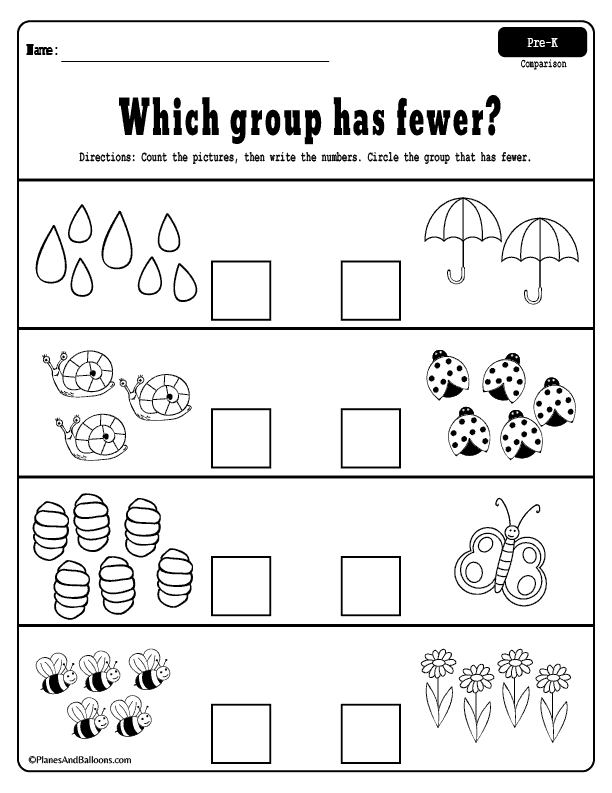
✅Finger games
Not only babies love to play finger games. Toddlers aged two or three love them too. Teach your baby to fold fingers into different shapes:
- fold your thumb and forefinger into a ring and bring it to your eyes - you get glasses, and if you use all your fingers - binoculars;
- clench the hand into a fist and stick out the index finger and little finger - these are the horns of a goat;
- "Step" with your index and middle fingers on the table, representing the legs.
Invite your child to show their imagination by inventing and putting together unusual shapes from their fingers.
Gross motor skills are developed by ball games, cycling, jumping, wall bars and any physical activity. Teach your child to fasten and unfasten buttons, Velcro, hooks on clothes, put on and take off things on their own.
Classes for the development of intellectual abilities
Reading, music, creative work, solving logical and mathematical problems contribute to the development of the baby's intellect.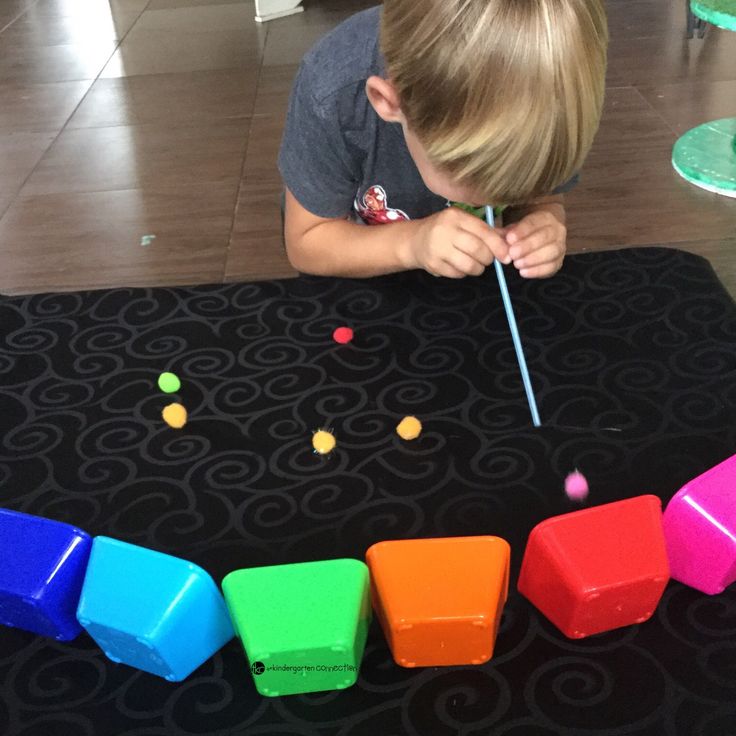
✅Drawing
Invite your child to draw a house, himself, mother. Set a theme for the picture, tell the child what details can be added to it. For example, a house can be surrounded by trees, the sun and clouds can be depicted in the sky.
✅ Role-playing games
Make up a story, choose the right toys and play it out with your baby. For example, a doll is sick: you need to put her to bed, take her temperature, give her medicine in a spoon.
✅Music
Listening to classical music has a positive effect on the mental development of children, and also brings up a sense of beauty in them. It is useful not only to listen to music, but also to dance to it. This has a positive effect on both mental and physical development.
✅Puzzles
Collecting puzzles trains attention, thinking, memory. Buy your child large puzzles with a small amount of detail and a clear image. First collect them together with the baby, and then invite him to do it on his own.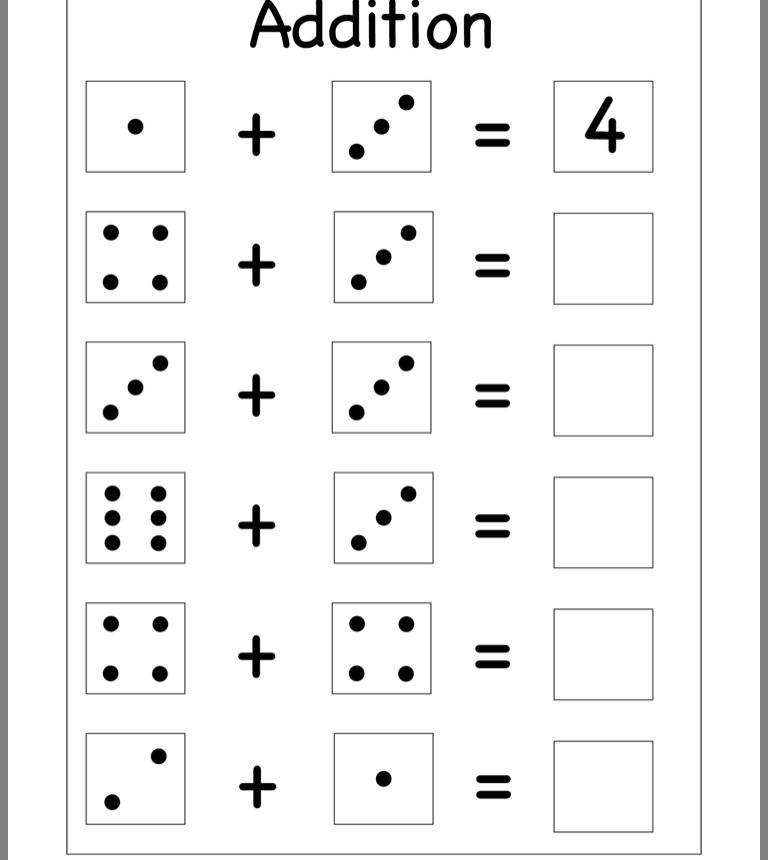
✅Sorting items
Shuffle the cards with different items and ask the child to sort them into categories, eg vegetables, fruits, clothes, furniture.
✅Riddles
Riddles are good for training the intellect. The main thing is to select tasks that are age-appropriate and understandable to the child.
✅Sunny bunny
On a clear day you can play with sun bunnies. Take a mirror and start letting bunnies on the ceiling, floor, walls. Then give the mirror to the child and let him try it himself. Coordinate his movements, suggesting how to catch a ray of the sun and direct it in the right direction.
Classes to study the properties of objects
Learning the properties of various objects develops the thinking of the baby, helping him to understand how and for what this or that thing can be used.
Teach your child to compare objects according to the following criteria:
- size - big, small, tall, low, long, short;
- state - hard, soft, liquid, warm, cold;
- shape - round, square, rectangular, etc.
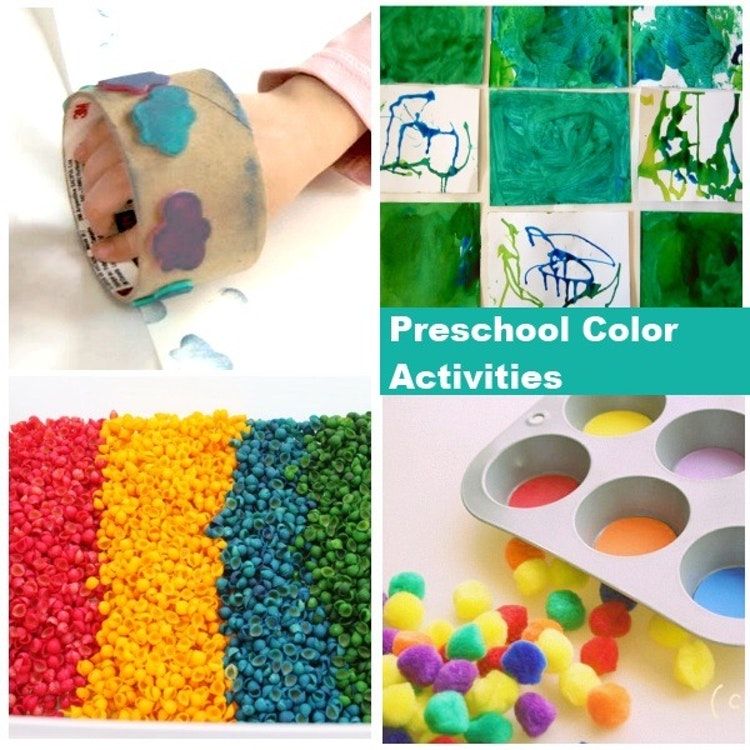 ;
; - color.
Anything can be used as a "learning tool".
- Pour cold water into one glass and warm tea into another and ask your child how they differ (color, temperature, taste).
- Sew a few fabric bags (you can use old socks) and fill them with sand, beans, small stones, balls, etc. Let the child try to feel what is in each bag.
- Buy a sorter - a special container with slots in the form of different geometric shapes and a set of matching inserts. The task of the child is to choose the right figure for each hole.
- Invite the baby to feel different materials - leather, fur, silicone, wood. Let him tell you how they differ (fluffy fur, smooth skin, etc.).
Getting to know the outside world
The scope for exploring the outside world is very wide:
- Animals. Tell your child which animals are domestic and which are wild, in what conditions they live, what their cubs are called.
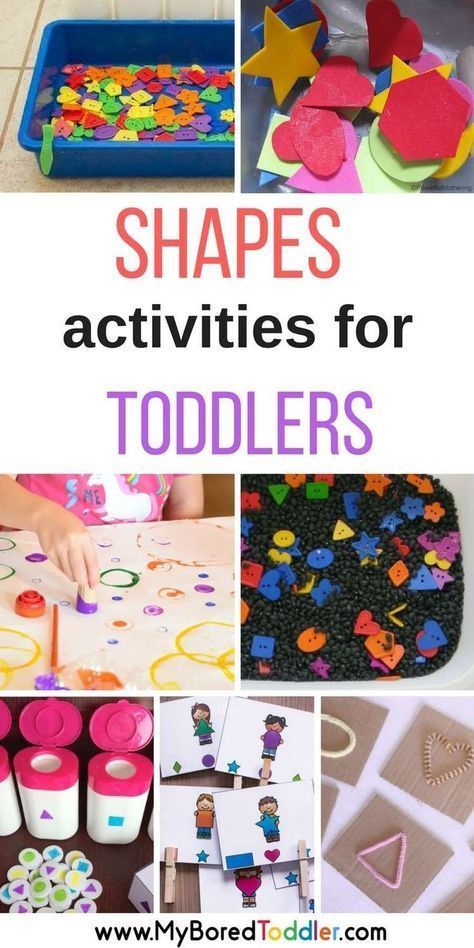 If you have the opportunity to visit the zoo, be sure to do it.
If you have the opportunity to visit the zoo, be sure to do it. - Plants. On a walk, pay your baby's attention to the trees, flowers, shrubs growing around. Tell us what they are called, which ones are fruit. Collect the leaves and look at them with your baby.
- Natural phenomena. Tell your child about different natural phenomena, the change of seasons and the weather. By the age of three, the baby should already know the name of the seasons and their main features.
- Materials. Tell your child about the materials from which various things are made (wood, metals, fabrics, paper, plastic).
At the age of two or three years, learning takes place in the form of a game. The main thing is to interest the child, and then he will be happy to study. Try to spend as much time as possible with the baby, do not dismiss his questions, but always answer them.
Invite the baby to help with the housework, give him small tasks (bring bread to the table, pour food for the cat, put away toys).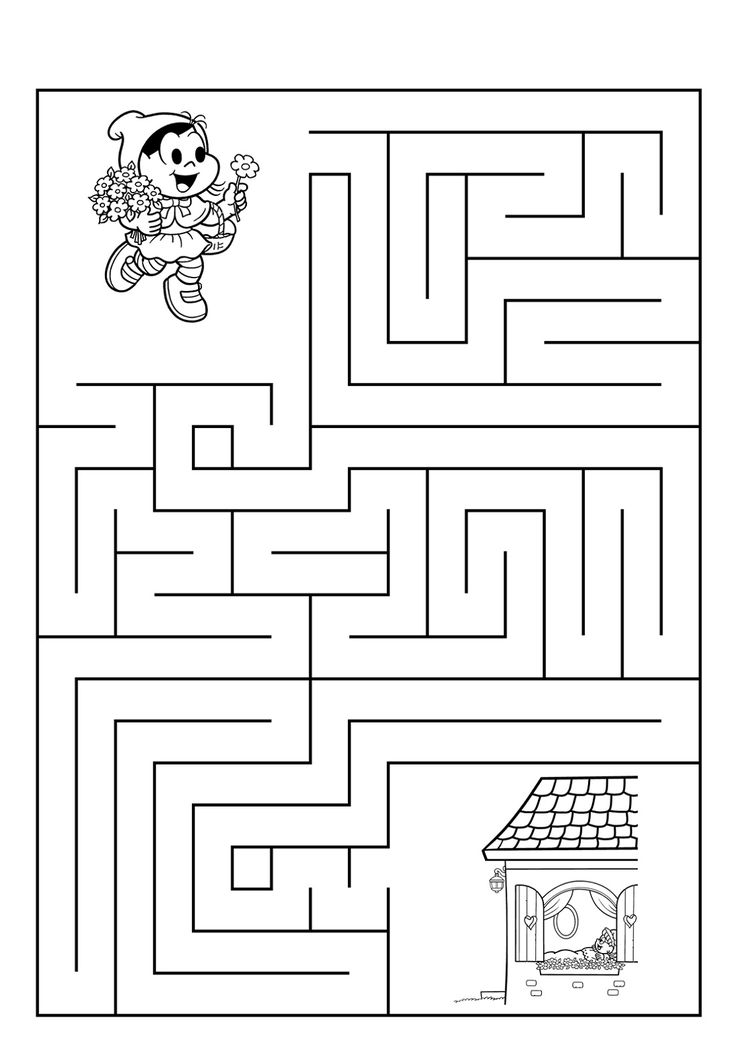 Daily activities contribute to the development of independence and discipline.
Daily activities contribute to the development of independence and discipline.
Withdrawal
Child development centers and kindergartens "Baby Club" conduct classes for children of younger and older preschool age. Experienced teachers will help to reveal the abilities of your baby and teach him useful skills. We have general and individual development programs. Sign up for a consultation and come to a trial lesson. We look forward to seeing you and your child!
Educational games and exercises for children over 3 years old
At the age of 3 years, active mental development of the child begins: like a sponge, he absorbs information about the world around him, asks questions “What? Who? Why? What does it consist of? What is needed for? and draws the first conclusions.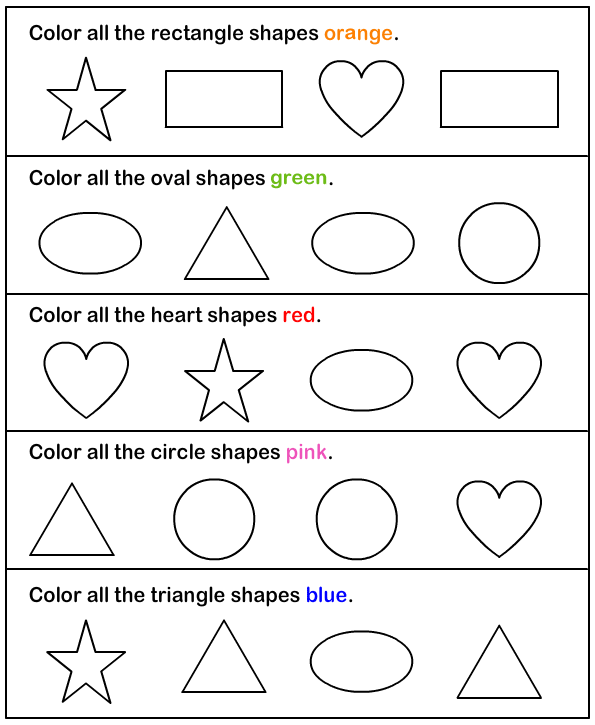 Now he is more patient and can do one thing for 25 minutes, which is good for study sessions. But the main activity remains the game - especially role-playing games that develop the imagination and understanding of the peculiarities of human life.
Now he is more patient and can do one thing for 25 minutes, which is good for study sessions. But the main activity remains the game - especially role-playing games that develop the imagination and understanding of the peculiarities of human life.
Rules for safe play with children 3 years old
3 year olds are aware enough not to put their toys in their mouths. They stop breaking objects in order to find out their internal structure, they prefer to unscrew the parts and turn them in a circle. Therefore, parents should focus on the environmental friendliness of toys.
- Material. Make sure the games are made from safe materials such as wood, plywood, special plastic or plastic.
- Surface. Wooden toys should have a perfectly smooth surface, without burrs.
- Even coat of paint. If the layer lay unevenly, it will soon begin to peel off and come off in pieces that can get into the baby's mouth.
- No chemical odors.
- Reliable fastening of elements among themselves.
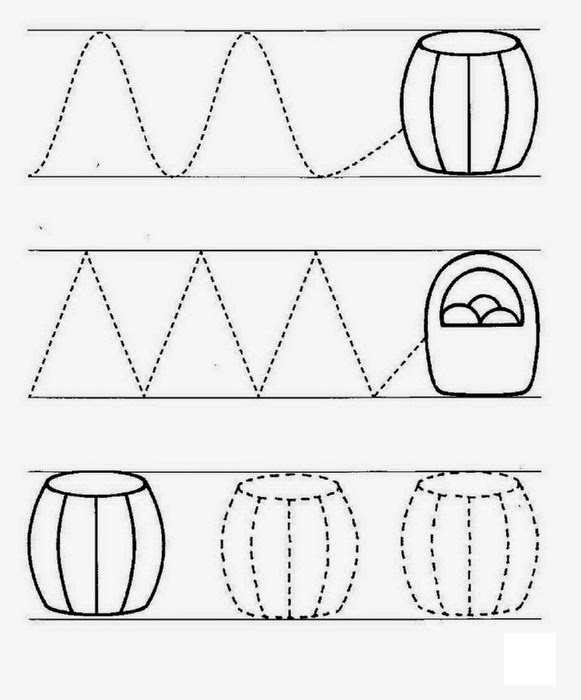
- Pleasant sounding musical elements.
- Recommended game age.
What games to play with children?
The task of adults at this stage is to give the child as much knowledge as possible about the world around them, answer numerous questions and teach them the basic skills necessary for life. You can find the games you need on the Priority website.
- Logic games: “Find an extra object”, “Pick up a key”.
- Educational sets: "My first dishes", "Working tools", "Laboratory", "First aid kit", "Vegetable shop", etc.
- Developing panels: "Tie the lace", "Button the button".
- Sets for construction (thematic direction): "Fairy tale characters", "Construction machines", "Animals".
- Board games: "Chess and checkers", "Tic-tac-toe", "Tetris".
- Labyrinths.
- Puppet theater: "Tales", "Family", "Professions".
- Creative entertainment: "Coloring by numbers", "Crayons", "Plasticine".
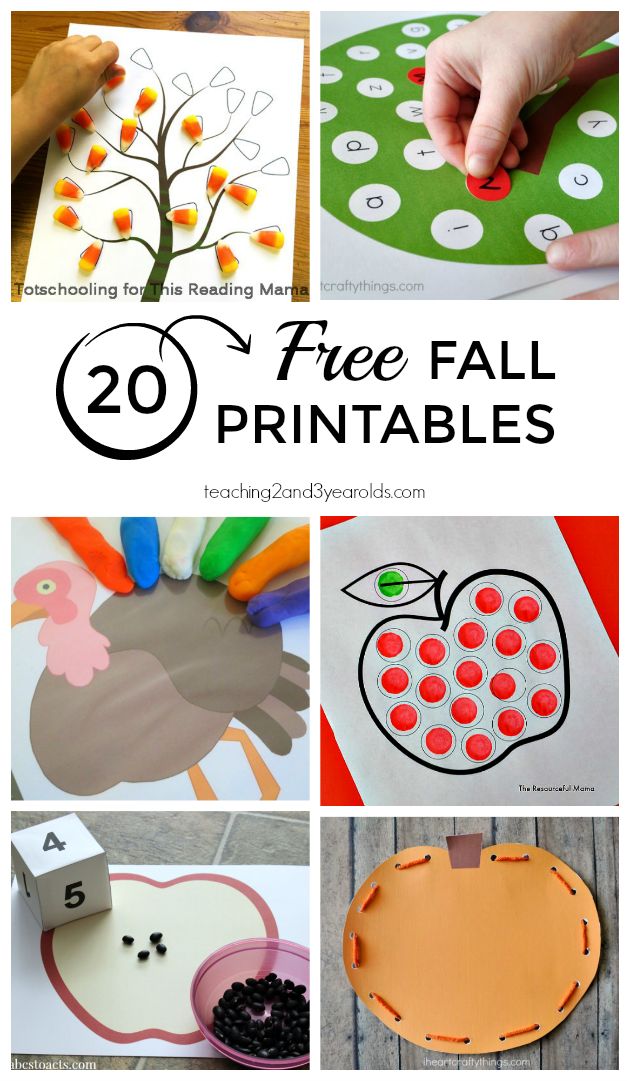
Educational home games
Now children like to play with bright educational toys. The good news is that they can be used in many ways at the same time - without having to buy a new game every time. We offer some simple exercises that will suit any game set.
- Name the animal game
Cute little animals are the most popular toy decor, even if it's not about animals. Ask the baby to name the depicted animal, the color of the fur, the size, the name of the mother, father and cub, lives alone or in a flock, what sounds it makes and what it eats.
Purpose: to understand the characteristics of animals, as well as to replenish the child's vocabulary.
- Rainbow Game
Play sets are made in multi-coloured colors. Pick up a game element and ask what color it is. Confuse the child: "Is this object blue or red?" Let him say what color he picks up.
Purpose: to learn the basic colors, to know their sequence in the rainbow.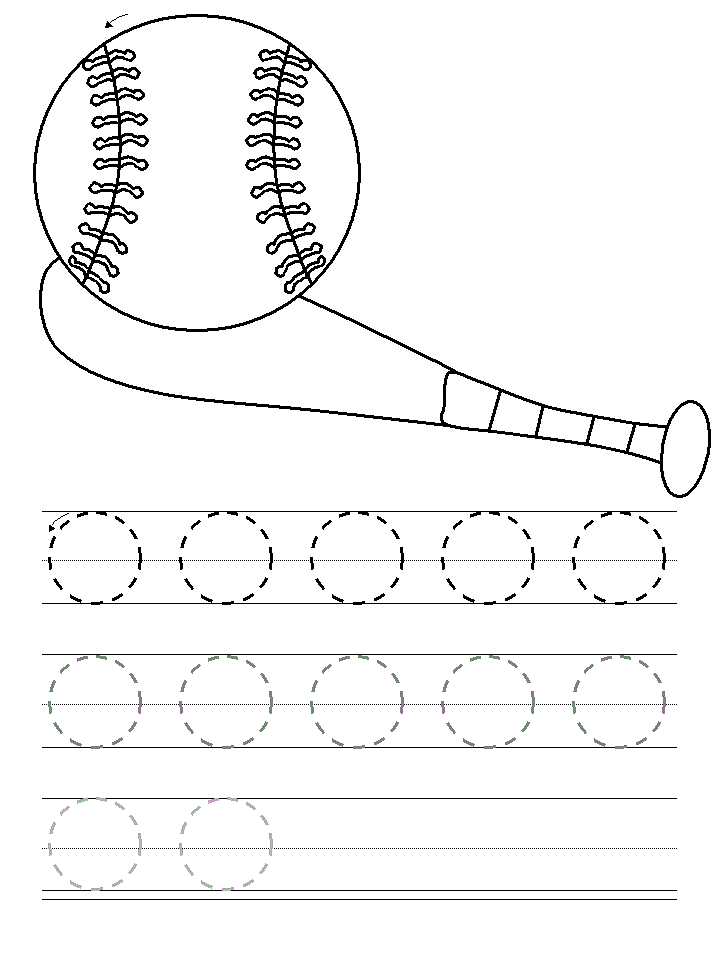
- What shape game
Take the play piece and ask what shape it is. Let him list familiar figures, and then find objects of a similar shape in the room.
Purpose: to learn geometric shapes and find the right objects.
- Find the letter game
Some cubes or other sets like "Magic Acorns" have the image of the letters of the Russian and even the English alphabet. Show the letter, clearly pronounce the sound, and then ask the baby to repeat.
Purpose: to learn the Russian alphabet and remember the appearance of the letters.
- Play "Listen to Mom"
If the kit contains animal figurines, use them to explain family relationships and rules for living together. In the morning, mother birdie washes herself with her chicks - they obey. In the afternoon, mom calls to eat - they go. In the evening he puts them to bed - they fall asleep.
Purpose: to instill a daily routine in your child.
Outdoor outdoor games
Your baby has grown up: he concentrates on a task longer and can do several things at a time. It's time to add mental stress to active games in order to quietly develop your child's new skills.
It's time to add mental stress to active games in order to quietly develop your child's new skills.
- Overcoming Obstacles Game
Buy children's skittles or cones from a sports store, or you can use old toys that you don't mind getting dirty in the dust. Ask the baby to run between them with a “snake”.
Purpose: to overcome the obstacle course and learn the words of direction - right and left.
- Bicycle play
Starting from the third year, the child can be taught to ride a two-wheeled bicycle. Help him drive in a straight line, turn left and right, go around the pins in a circle.
Purpose: to learn a new skill and increase the child's physical endurance.
- Play Monkey Game
Make sure there is music playing in the playground - you can bring speakers or amplify the sound on your smartphone. Dance and imitate the movements of animals and people.
Purpose: Toddlers must repeat the movements and guess which animal or person the parent guessed.
- Magic Word Game
Explain to your child the meaning of the word "please". Then tell them to walk in circles - adding or dropping the word "please". Let the baby perform the action if the mother said the correct word.
Purpose: to learn the basics of etiquette and develop the mindfulness of the child.
- Fun Crossing Game
Combine a family walk around the city with acquiring a useful skill - knowledge of traffic rules. Present it as a quiz: if the kid correctly indicates 3 colors of the traffic light and their meaning, he will receive a sweet prize.
Purpose: to teach a child to cross the road.
Bath games
Bathing can be not only useful, but also interesting if you offer your baby a fun game. Feel free to take toys with you and take advantage of our offers.
- Paper boat game
Take colored sheets of paper. Fold a simple origami: show and explain each movement aloud - let the baby repeat on his sheet.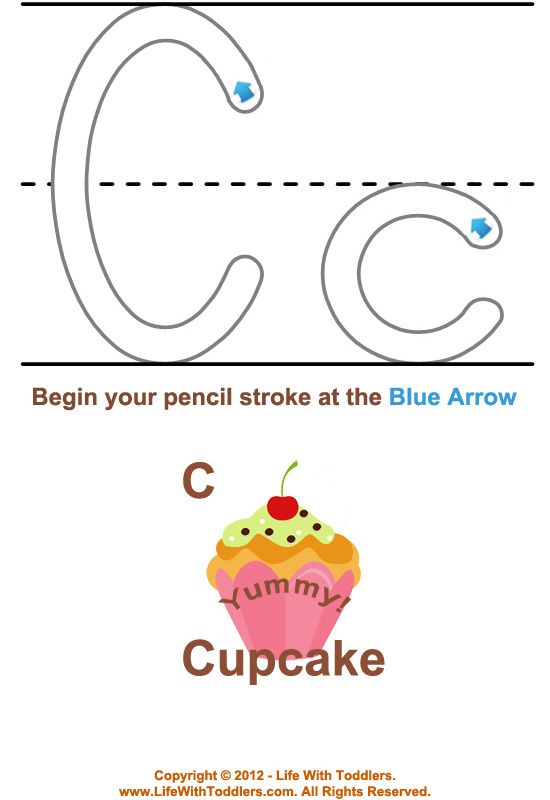 Then lower the resulting boats into the water.
Then lower the resulting boats into the water.
Purpose: to develop the child's motor skills and creativity.
- Game "Blow, blow, breeze"
Pour the foaming agent into the water, beat vigorously and collect a little foam in the palms of your hands. Let the kid do the same. Now start blowing with all your might - the winner will be the one who blows the foam from his hands the fastest.
Purpose: to develop lung strength.
- Bluff game
Pack your child's favorite toys and a few other items in the bathroom. Let's take a closer look at the finds. Now ask him to close his eyes and hold out one of the objects. Let him guess what it is.
Purpose: to develop the child's sense of touch and memory.
- Sea battle game
Boys will love the game about the clash of pirates: boats, ducks, water toys and even a soap dish cover. Come up with a simple plot where good triumphs over evil. Learn the maritime jargon in advance: “Whistle everyone upstairs”, “Guns for battle”, “A thousand devils”.
Purpose: to develop the child's imagination.
- Historical battle game
And if the boy is interested in history, you can recreate the famous historical battle on the water. Arrange the boats on the water: show how they moved, where the battles took place, who won.
Purpose: to tell the history of the country through a fun game.
What to do with a child on the road?
It is impossible to play with small details in motion - but you can use a new environment: cars, nature, weather, as well as developmental panels, cast in a single design.
- Count the cars game
Invite the child to choose a favorite color and explain the rules according to which the winner will be the first to find 5 cars of a certain color.
Purpose: to repeat the numbers up to 5 and improve the child's associative memory through the search for two characteristics - car and color.
- Riddles game
Purchase a riddle book in advance or download an electronic equivalent from the Internet. Add movement to the game: show with your hands and face what the hidden object looks like.
Add movement to the game: show with your hands and face what the hidden object looks like.
Purpose: to guess the riddle, focusing on the rhyme and movements of the parent.
- Spot the Difference Game
On the road, you can take development panels with two similar images. Ask your child to look at them carefully and find 5 differences.
Purpose: to develop the attention and concentration of the child.
- Guess where this hero is from
Print pictures of characters from popular fairy tales on paper. Ask to say the name of the character, the name of the fairy tale and describe the events in 3-4 sentences. Also, the kid can share his personal opinion about the characters and their actions.
Purpose: to learn how to process and remember information.
- Taste Game
If a long trip is foreseen, a snack is indispensable. Take a dark container and add some vegetables, fruits and berries.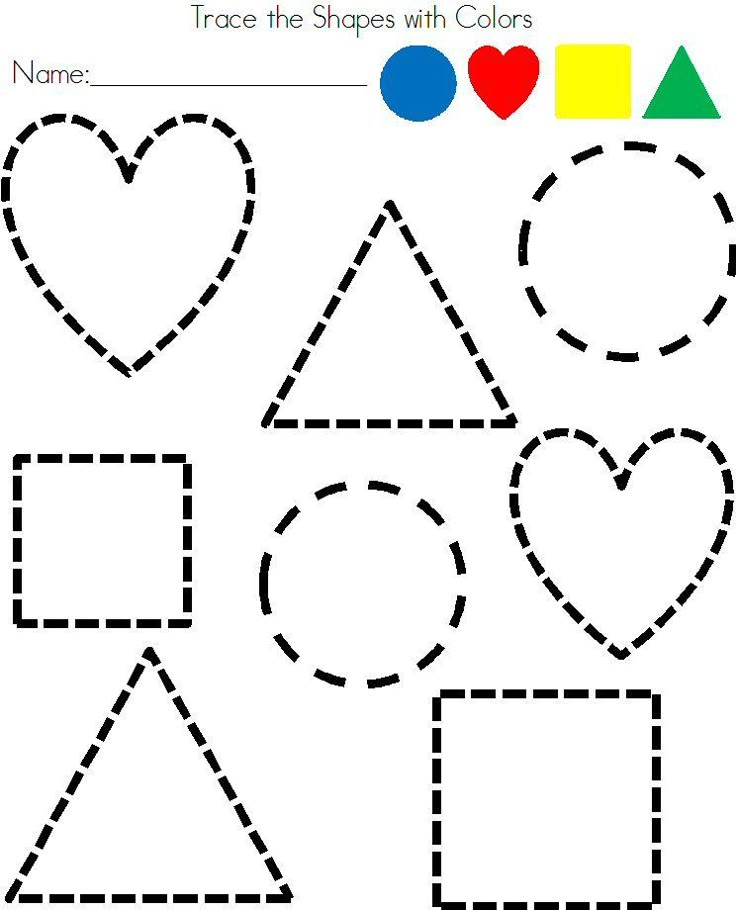 Ask your child to close their eyes and name the item they have eaten.
Ask your child to close their eyes and name the item they have eaten.
Goal: Guess the food based on taste and smell.
What to use to play with a 3 year old?
In stores you will find a wide range of toys to suit your child's personal tastes. And we will save your time and offer the most interesting of them, based on different directions in the development of the child.
Creative activities
After hard lessons with logical and educational games, the child will want to play as much as he can. It is in your interest to make his leisure not only fun, but also useful.
- Draw a picture game
Get your child a board and crayons. Offer to draw familiar pictures: a family, a house or a kindergarten. Let him explain along the way what colors he takes and why he made such a choice.
Purpose: to develop creativity in a child.
- Hand draw game
Purchase safe powder paint. Dilute in large containers with a little water.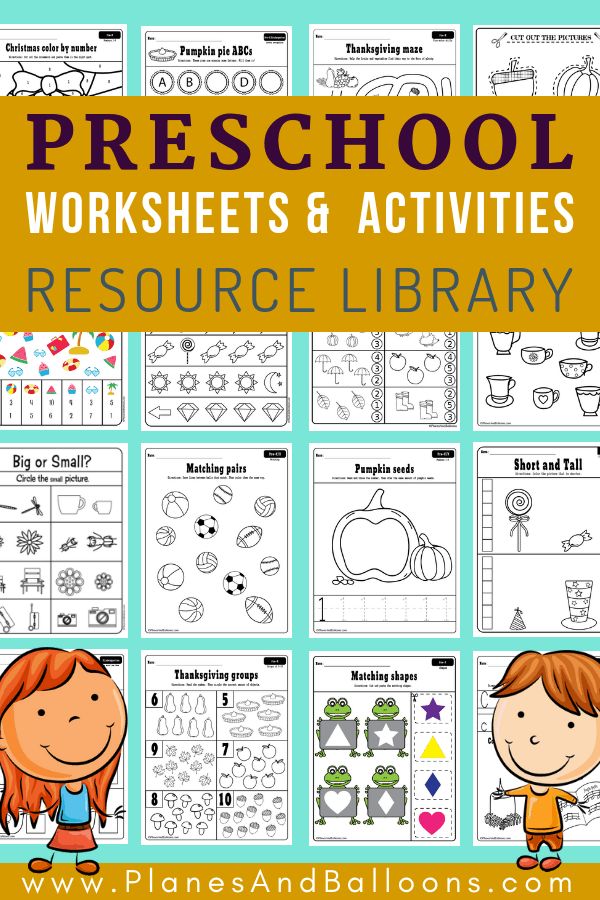 Let the baby boldly lower his palms or fingers, and then display unusual pictures on the sheet.
Let the baby boldly lower his palms or fingers, and then display unusual pictures on the sheet.
Purpose: to develop creativity in the child.
- Plasticine game
Knead the plasticine well in your hands and cut into manageable small pieces. Give the desired shape, rub to a smooth surface. Then connect with each other into one figure. Let the child repeat.
Purpose: to learn fine manual work.
- Mosaic game
Get a themed set with your child's favorite characters, eg pirates for a boy, princesses for a girl. Help assemble the frame, showing you how to fix the parts and find the right ones in color, shape and image along the way.
Purpose: to develop fine motor skills, concentration and attentiveness of the child.
- Application game
Starting from the age of 3, the baby can use special children's scissors and independently cut out shapes from paper. Think of a simple landscape: a house, a Christmas tree, a flower.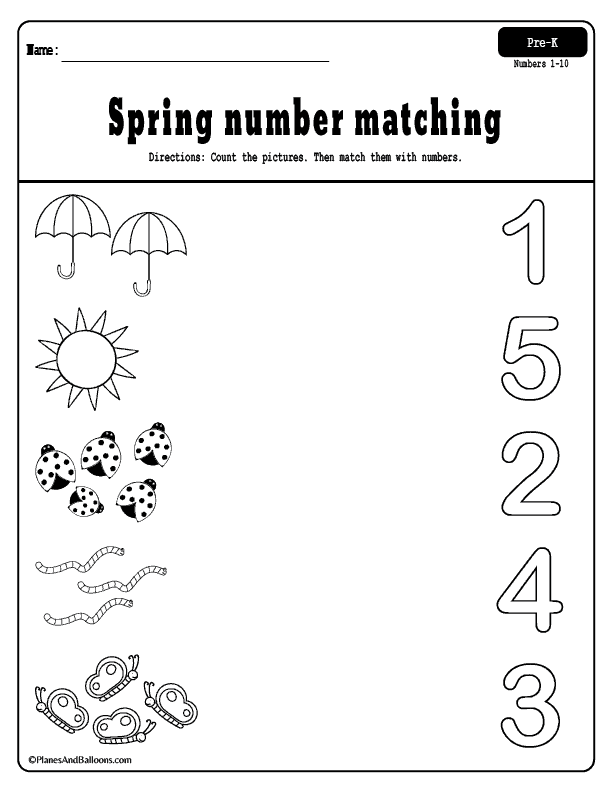 Let him cut out the stencils and glue them into a single picture.
Let him cut out the stencils and glue them into a single picture.
Purpose: to teach the child to use scissors.
Development of speech
Now little fidgets speak confidently about everything in the world, but they get confused in the endings of words, difficult sounds, parts of speech and so on. Word games will help correct inaccuracies.
- The game "Guests at the threshold"
A family of animals comes to visit you - you need to remember and correctly name their names. For example, a family of wolves: dad is a wolf, mom is a she-wolf, cub is a wolf cub. Try the same with sheep, geese, etc.
Objective: To correctly use nouns in different genders and numbers.
- Buyer-seller game
Place “goods” on the table. Invite your child to buy the item they like. To buy it, the child must name the first letter of this item: for example, a toy - i, a doll - k.
Purpose: to develop hearing and knowledge of the Russian alphabet.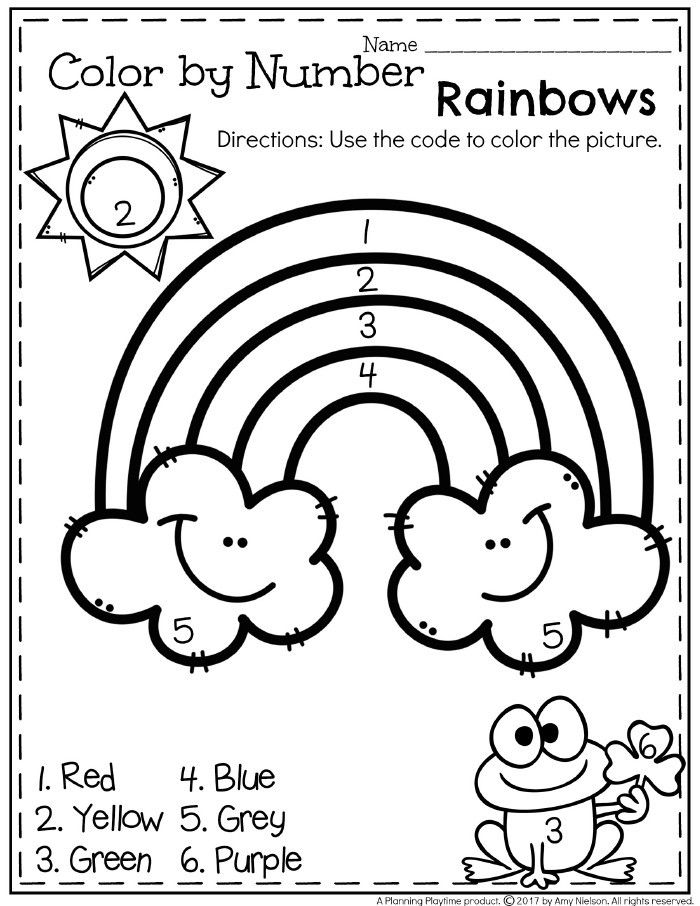
- Come on! Find"
Hide the toy in an inconspicuous place, and then come up with a simple saying: for example, “A grandson came to visit his grandmother and decided to play hide and seek. Where is he? Maybe in a laundry basket? Or on the closet? The child should answer: “Not in the basket. Not on the closet.
Purpose: To use prepositions like "in", "on", "under" correctly.
- Magic box game
Place a magic box in the middle of the room and explain to the child that only objects with names containing the letter "П", "Ч", "Ш" and other difficult-to-sound things can be placed here. Let the baby find the items and clearly pronounce the name.
Purpose: to develop hearing and learn to pronounce complex sounds.
- Confusion Game
Describe a familiar object to the child, intentionally changing its characteristics: for example, “This is a cow. She has white fur and a small tail. She says meow meow. The kid must find the mistake and correct it.
The kid must find the mistake and correct it.
Purpose: to develop speech, attentiveness and thinking of the child.
Story-role-playing games
At the age of 3, the child already understands what is happening around, so story games should repeat the events that will happen to him soon. This will help you prepare and respond appropriately.
- Doctor's game
Purchase a doctor's toy set. Gather together "patients": soft toys, soldiers, figurines. Be a doctor: check the child's temperature, listen to the heart, etc. Now let the baby become a doctor himself.
Purpose: to get rid of the fear of doctors and learn the right behavior in the hospital.
- Stepashka's birthday game
Stepashka the bunny has a birthday. The child must choose a suitable gift for a friend. Consider congratulations. The bunny offers to eat the cake and asks the child to set the table together and show how to use the cutlery.
Purpose: to learn table etiquette and to learn the correct behavior on holidays at a party.
- Go for a walk game
Clumsy doll Marina comes to visit. Children want to play outside, but the doll can't find the right outfit. The child must choose clothes himself and, under the guidance of the parent, put on things one by one.
Purpose: to teach the child to choose clothes according to the season.
- Baking pies game
Purchase children's tableware and substitute items. Say what you are doing and ask your child what the next step is. For example, “I am mixing the dough. Where to put it? On a baking sheet? Right. Where to put the tray? To the oven?
Purpose: to develop in the child the desire to help with household chores.
- Doll Bathing Game
It's time for the doll to bathe. Let the baby help prepare the bath: pour warm water, collect detergents. Now you need to undress the doll and put it in the bath, pour it with water and rub it with soap.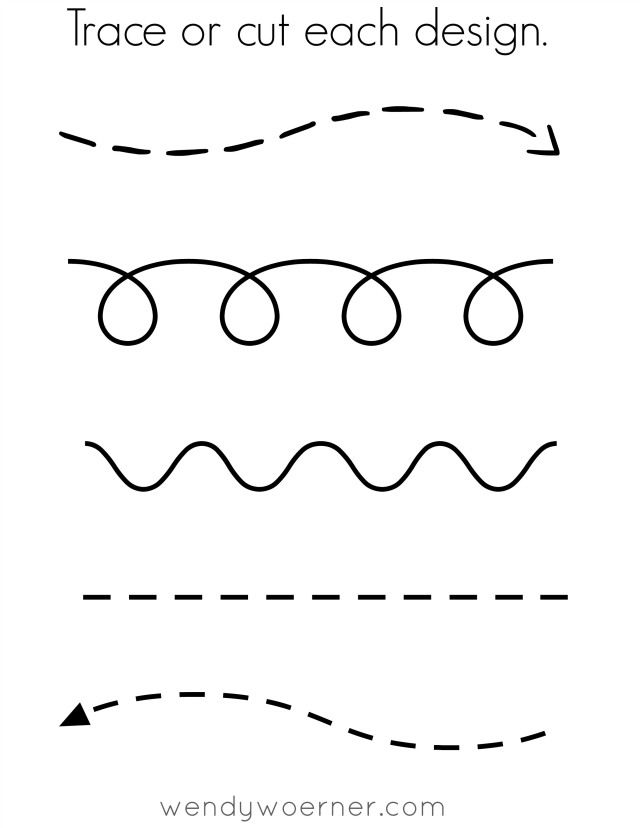
Purpose: to teach the child to love hygiene and take care of their own body.
Should I play with my child?
It has been proven that a child needs joint activities with his parents in order to develop faster and have an example of behavior before his eyes. But it also needs time for personal games, when his individuality, fantasy and dreams come out.
Joint games with parents
Games with parents help to solve difficult problems for which children do not yet have the knowledge and skills. They expand vocabulary, increase logic, teach you to concentrate on the right things.
- Comparison game
Place two similar toys in front of the child and ask them to name their similarities and differences. Draw the child's attention to shapes, sizes, colors, individual characteristic details, voices of characters, etc.
Purpose: to develop the attention and concentration of the child.
- Game "What is extra?"
Take cards with pictures of objects. Put three cards from one semantic group and one separate one. Let the kid name the objects and what unites them. Which item is not suitable and why.
Put three cards from one semantic group and one separate one. Let the kid name the objects and what unites them. Which item is not suitable and why.
Purpose: to teach the child to divide objects according to characteristic features.
- In order game
Take cards that show the development of an object, animal or plant: for example, for a tree it is a seed, a sprout, a sapling, a young tree. Let them arrange the cards in the correct order, correct the mistakes.
Purpose: to develop the child's logic and understanding of how objects develop.
- Game "What, where is it?"
Choose an interesting topic for the child: for example, dolls. Then ask him to clap his hands if he hears a word that fits the given topic. For example: dresses, cup, rubber bands, wrench. Fix bugs.
Purpose: to develop the mindfulness and outlook of the child.
- Spot the Change Game
Place toys on the table. Invite the child to look at them for 1 minute, and then ask them to leave the room.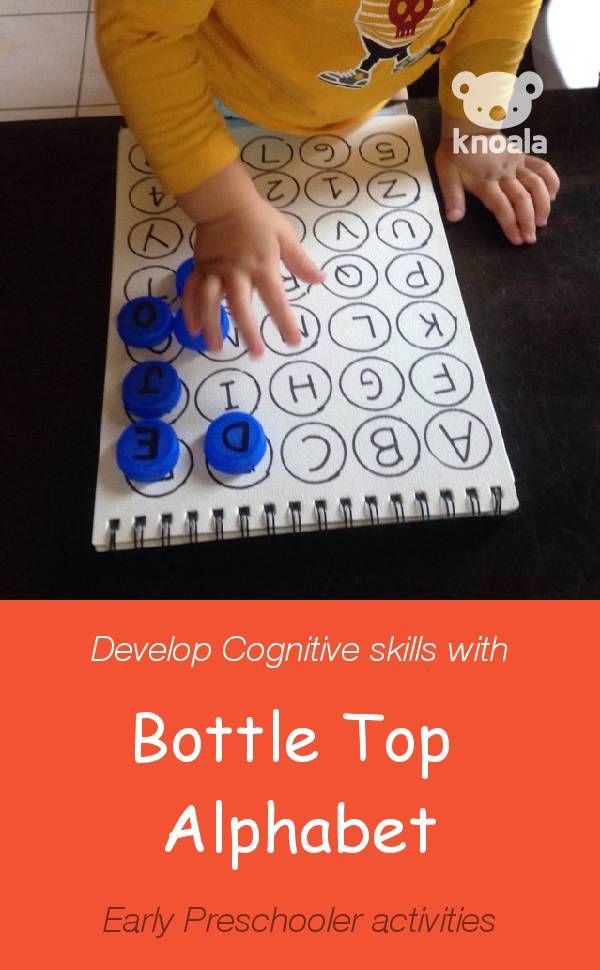 Swap toys or replace a few. Let the child remember which toys and how they lay on the table.
Swap toys or replace a few. Let the child remember which toys and how they lay on the table.
Purpose: to develop the child's memory and attentiveness.
Single games for children 3 years old
Independent games help to consolidate the acquired knowledge and find their own solutions. The child acquires the confidence and curiosity of a discoverer, which he later satisfies by asking questions to his parents.
- Constructors
With small details, kids can make their own dreams come true: create worlds, build buildings, plant flower gardens. Or build a new robot friend to play with later.
- Busy boards
Despite the difficulty of some bodyboards, the guys like to discover the secrets of this puzzle on their own. In the evening, ask your child to demonstrate open skills and help with difficult tasks.
- Labyrinths
The same applies to labyrinths. Parents can show how to solve the puzzle, but after that it will be interesting for the children to find other solutions, perhaps even shorter and faster ones.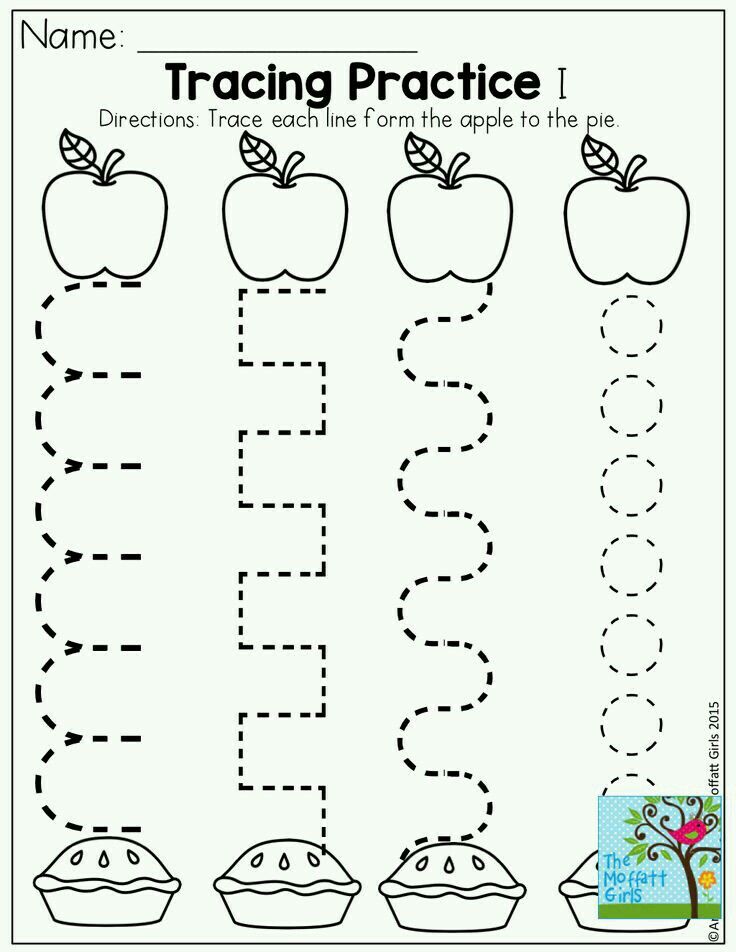
- Coloring pages
Purchase a themed coloring book and a set of colored markers for your child. Let him paint the picture he likes on his own, so that later he can brag to his parents.
- Dolls
Playing with dolls helps girls develop their imagination, try on different roles and find themselves anywhere in the world. And not always parents need to know what the child fantasizes about - give him personal space.
Rating of the best educational toys for children from 3 years old
- Set of business boards "Favorite fairy tale". Seven panels in the form of fairy-tale characters will teach children to read, count, fasten buttons, etc.
- Developing panel "Seasons". On a decorative tree, you can cling "leaves" in the form of seasons: a snowflake, a flower, a green and red leaf.
- Landscape table "Rules of the road". With the help of bright details and mobile cars, he teaches kids the basics of traffic rules.
